Public Relations Through the Ages: A Timeline of Social Movements, Technology Milestones and the Rise of the Profession.*
The Museum of Public Relations’ historical timeline, “Public Relations Through the Ages,” illustrates the evolution of the public relations profession and its relationship to the development of human communication. Presented jointly by The Museum and Hofstra University, this timeline highlights the significant people, events and inventions which have connected messages and messengers through the ages.

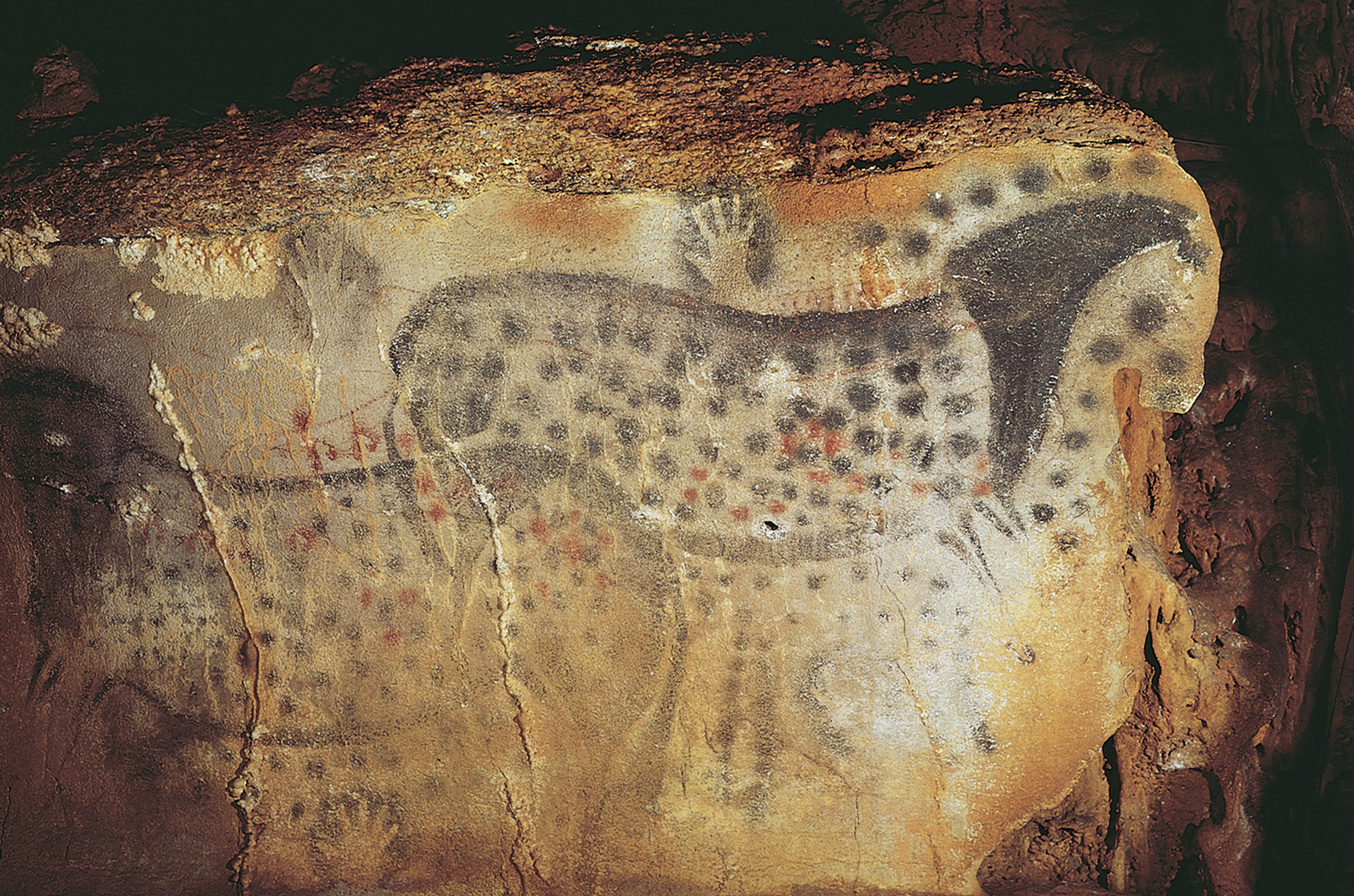
Dawn of the Ages / 37000–17000 BC
Cave drawings are among the earliest forms of communication. Often these drawings were of hands and animals created by spraying or blowing pigment upon the wall. Some of the earliest known paintings are in El Castillo cave in northern Spain, southern France and the limestone caves of Indonesian Island of Sulawesi. Humans communicate with cave art | Cave paintings in Indonesia | Spain claims world's oldest cave art | Cave paintings change ideas about the origin of art | Video: Did early humans communicate with cave signs?
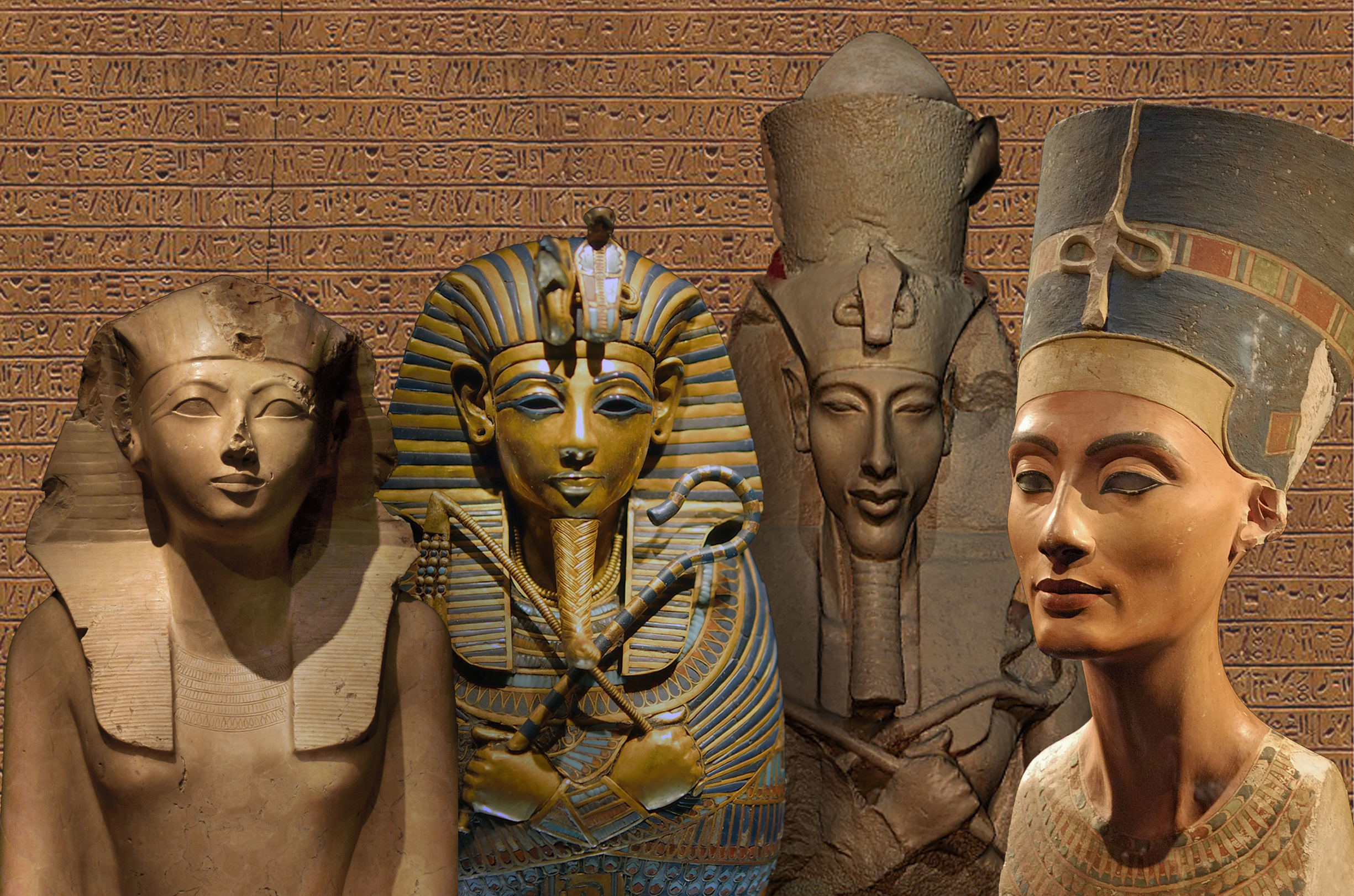
Age of Empires / 3300 BC
Egyptian Hieroglyphs. (L to R) Hatsheput, Tutankhamun, Akhenaten and Nefertiti. The “sacred carvings” shown in the background were commonly written by royalty, priests and civil officers to communicate prayers, magical texts, worship details, ideas about life after death, royal documents, biographies and calculations (e.g., the depth of the Nile River). They also depicted objects (boats, animals, tools) and ideas (motion, time) and were also found on pottery jars, ivory plaques and tomb walls. More on hieroglyphic writing | Deciphering ancient Egyptian scripts | Egyptian hieroglyphs history

Age of Empires / 1500–1800 BC
Moses and Ancient Egypt. When God freed his people from Egypt, He called upon Moses to ascend Mount Sinai to receive His Commandments. The commandments embodied the rules and laws designed to govern their lives. Moses, God's spokesperson, returned to his people carrying the chiseled stone tablets with its ten talking points. Ten commandments summary | The Decalogue Public relations has biblical roots | God's PR representative
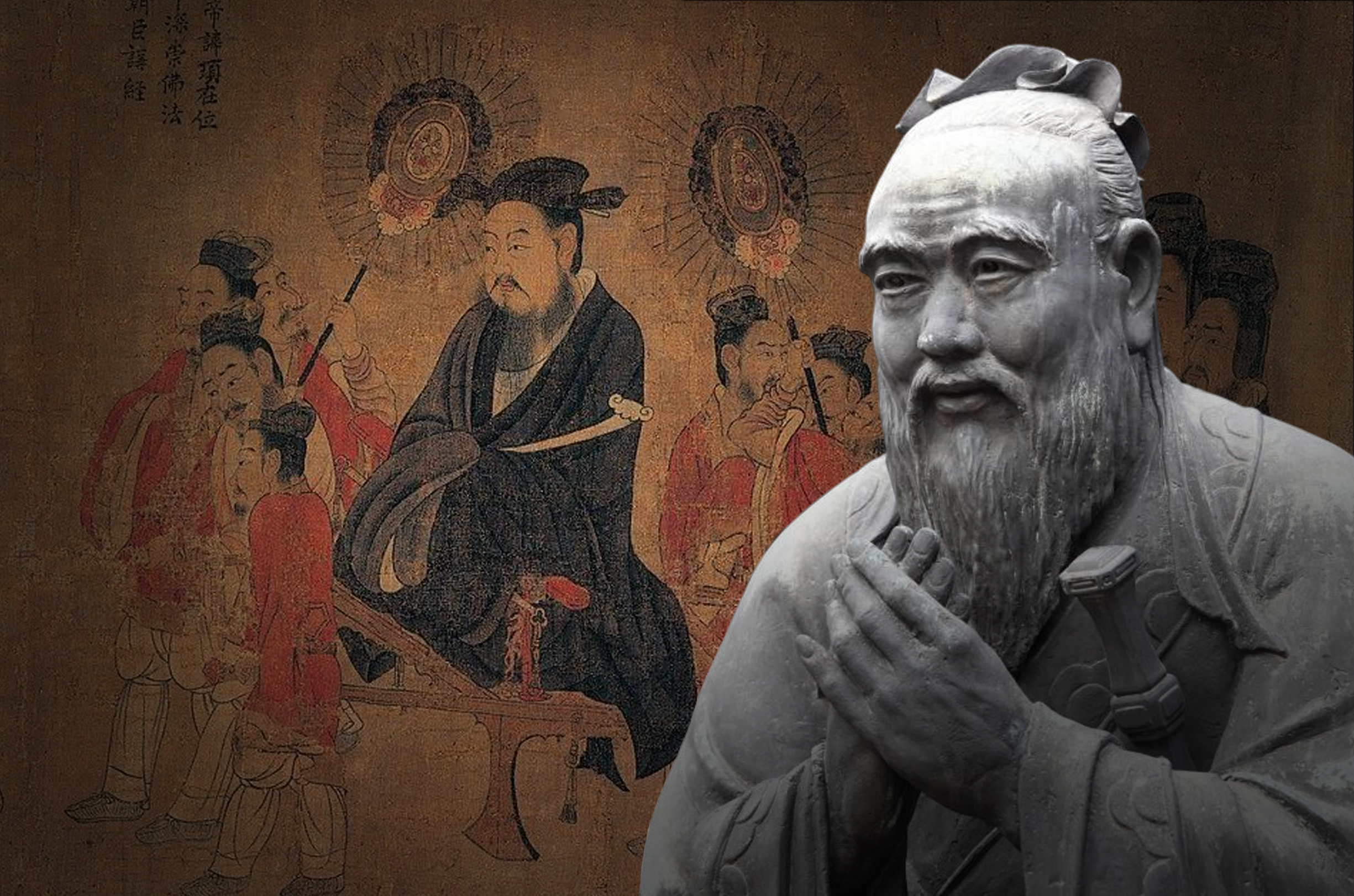
Age of Faith / c. 551 to 479 BC
Kong Qiu (Confucius) is regarded as a great Chinese social philosopher, political theorist and lifelong teacher. Founder of Confucianism, he believed in family loyalty, morality, justice and respecting elders. He also advocated for the golden rule, “Do not do to others what you do not want done to yourself.” Working to improve society, he supported future leaders by starting a humanities program and promoted self-discipline and character building. Confucius bio | Origin of Confucianism | Confucius: Chinese philosopher | The life, teachings and philosophy of Confucius
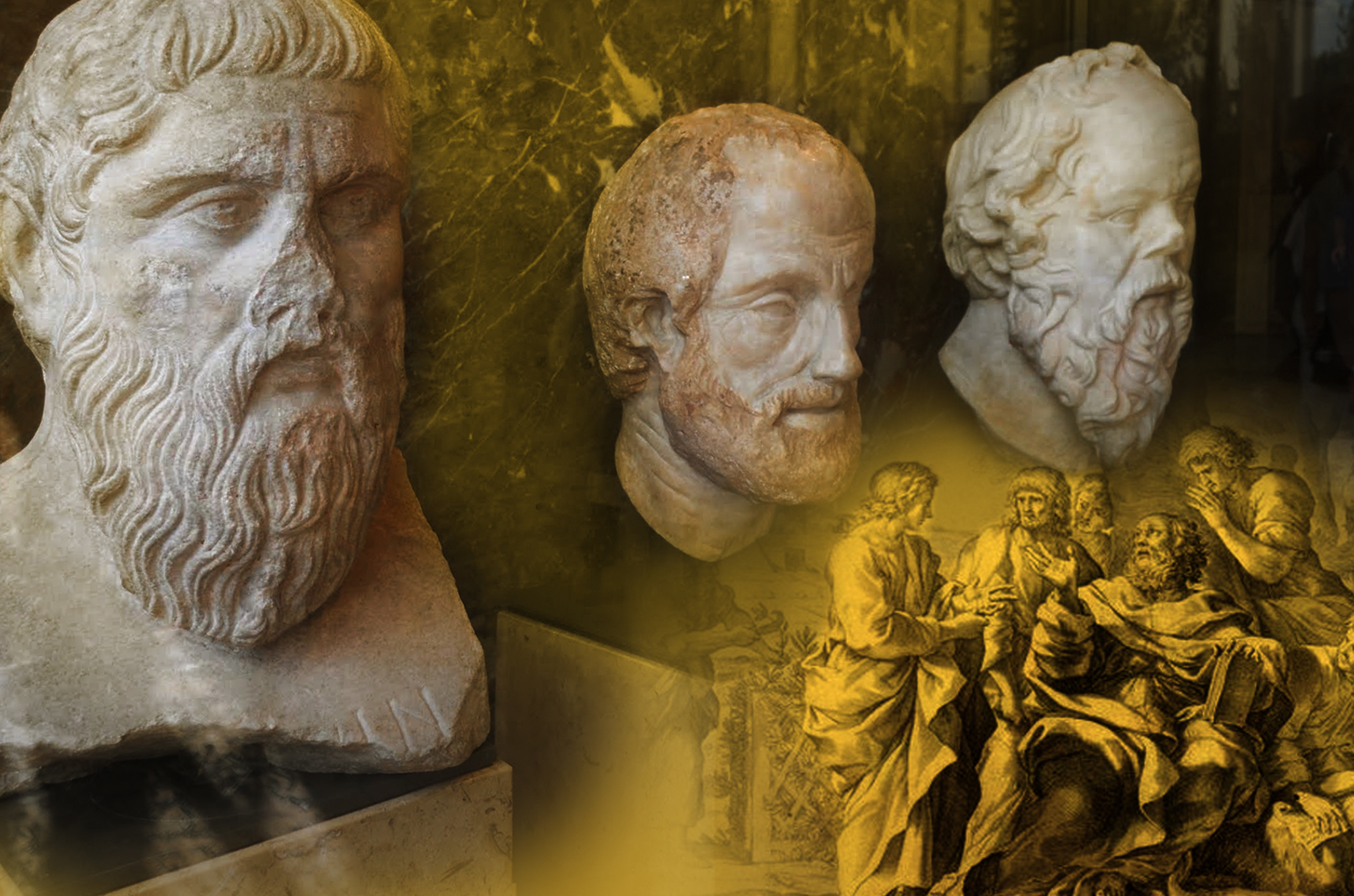
Age of Empires / 469 BC
Public Opinion Matters. Greek philosophers Socrates, Plato and Aristotle heavily influenced Western philosophy. Based in Athens, Socrates (born 469 BC) engaged young crowds of thinkers in debate in public areas. Among his pupils was Plato, who documented and added to Socrates’ philosophy, as well as founding Plato’s Academy. Aristotle, student of Plato, created the first institution featuring a research library. Great thinker-philosophers known as “sophists” taught nobleman seeking public office the art of persuasion through rhetoric. New York Times Guide to Essential | Knowledge: Socrates | Acts of public relations in antiquity
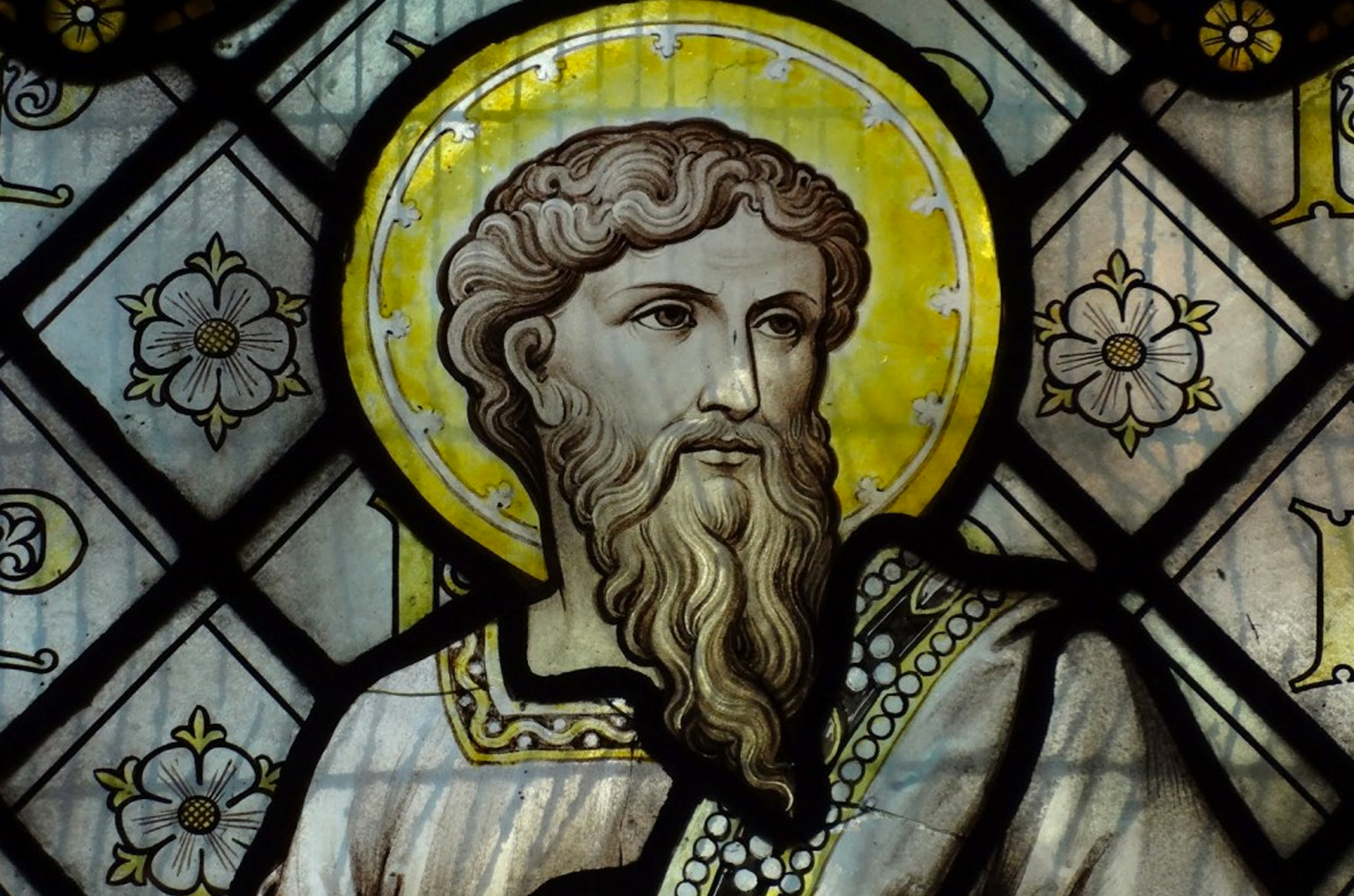
Age of Faith / 1st Century
Saint Paul, apostle, theologian and letter writer. St. Paul created some of the earliest Christian writings. He traveled around the Mediterranean and spread the word about Jesus. Responsible for writing 13 of the 27 books in the Bible, St. Paul’s writing were intended to answer questions and to be read aloud during services. Bio (BBC) | Saint Paul Expands the Faith
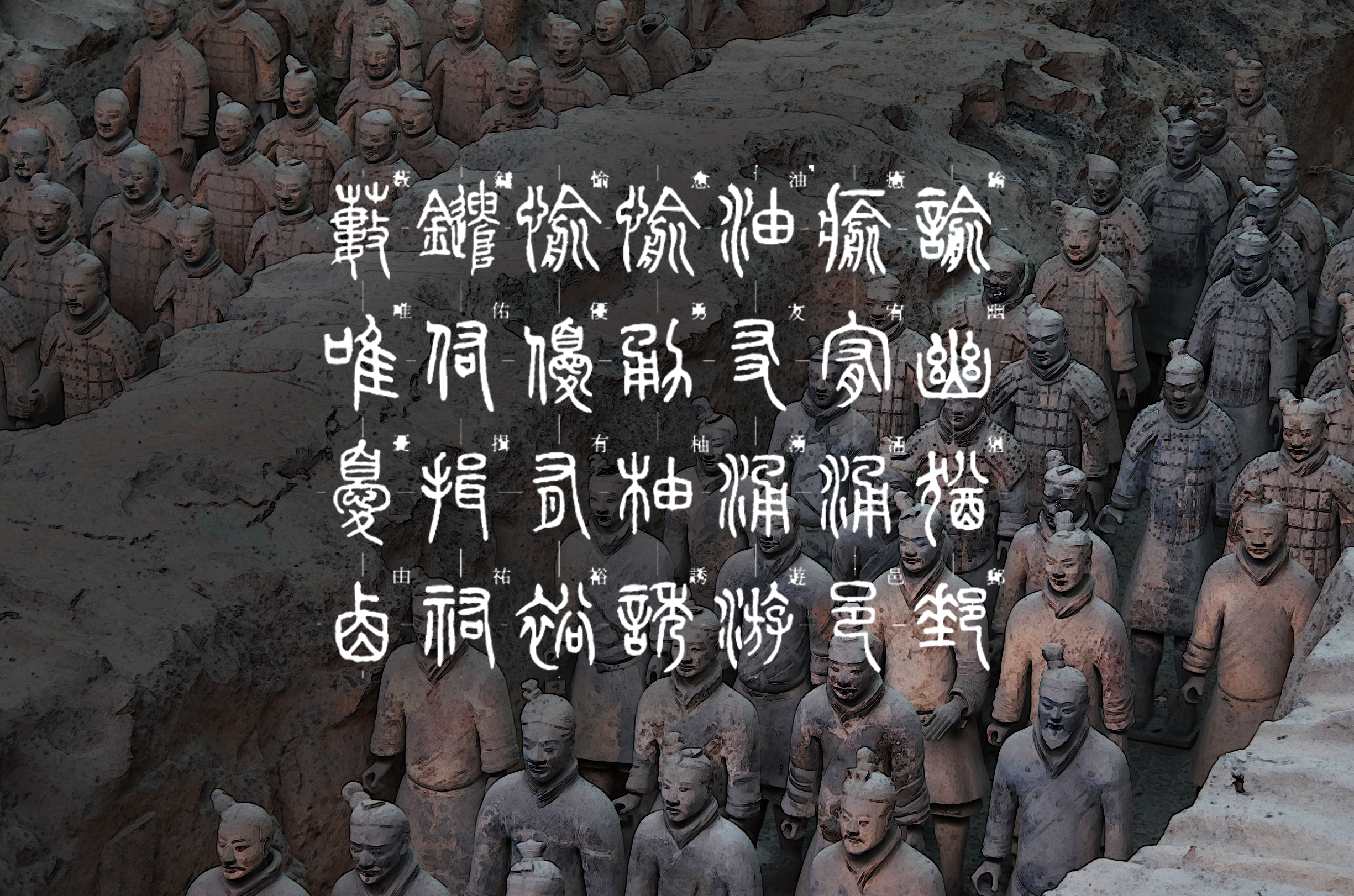
Age of Faith / 206 BC to 220 AD
Han dynasty. During the Han dynasty, handwritten news sheets, called tipao, were disseminated among government officials. This early form of news writing was distributed again in China during the Tang Dynasty in the eighth and ninth century. History of tipao

Age of Faith / 3rd Century
Scrolls at the Library of Alexandria. The Library of Alexandria, an extensive library that stored more than a half-million scrolls, was a meeting place for scholars and intellectuals. It’s believed that the library had gardens, dining halls, spaces for reading, lecture halls and meeting rooms. The inventor, scientist and mathematician Archimedes studied at this prominent Egyptian library. About the Library | Archimedes | Hypatia
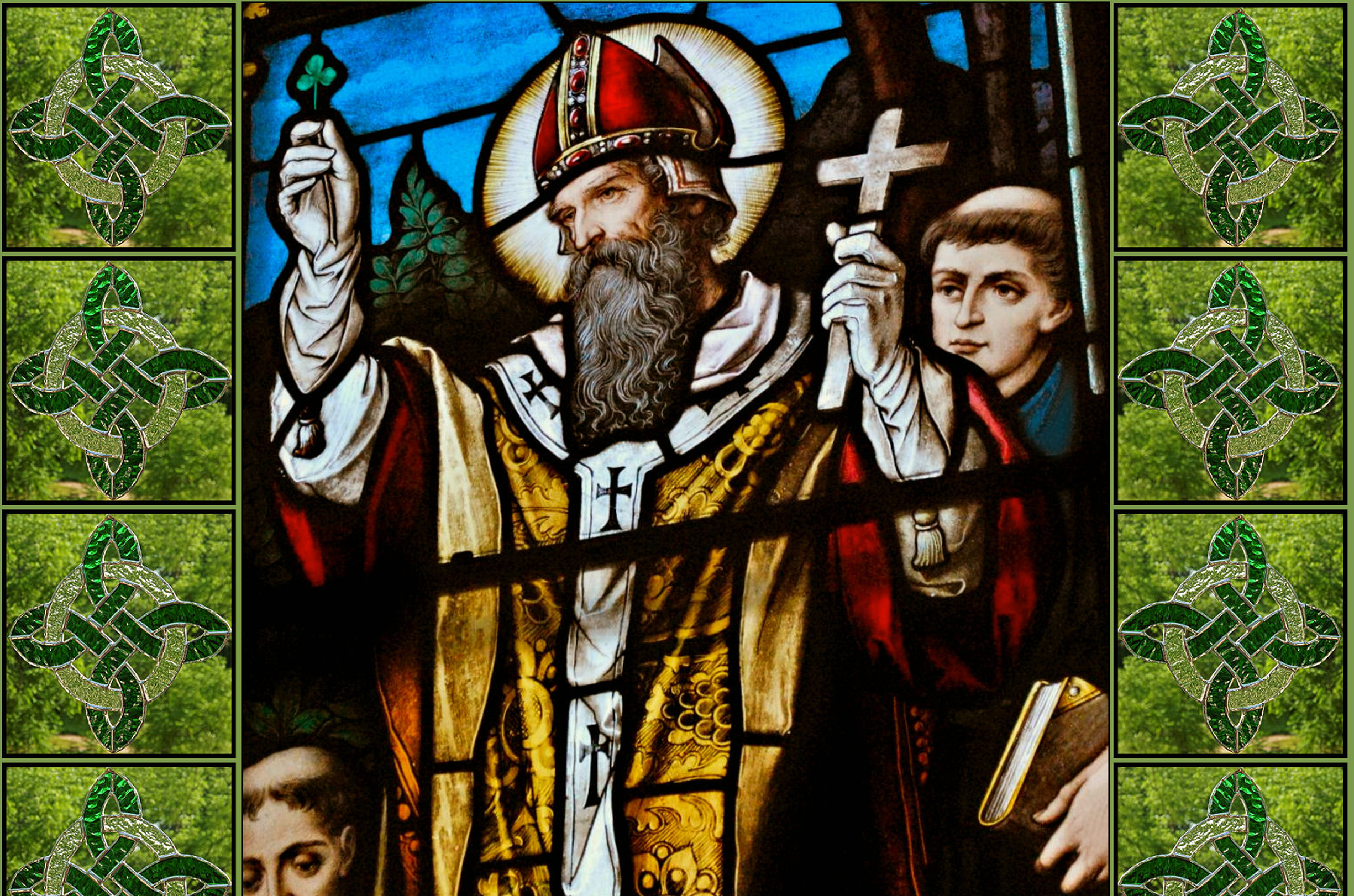
Age of Faith / 390–400s
Saint Patrick, the patron saint of Ireland, began his journey in Britain, where he was kidnapped at 16 years old and taken to Ireland to be a child slave. Escaping six years later, he returned to Ireland to help spread Christianity. Legend says that he used the Shamrock to explain the Holy Trinity—Father, Son and Holy Ghost. His notable writings include the Confession and Letter to Coroticus. About Saint Patrick | Saint Patrick's Day facts
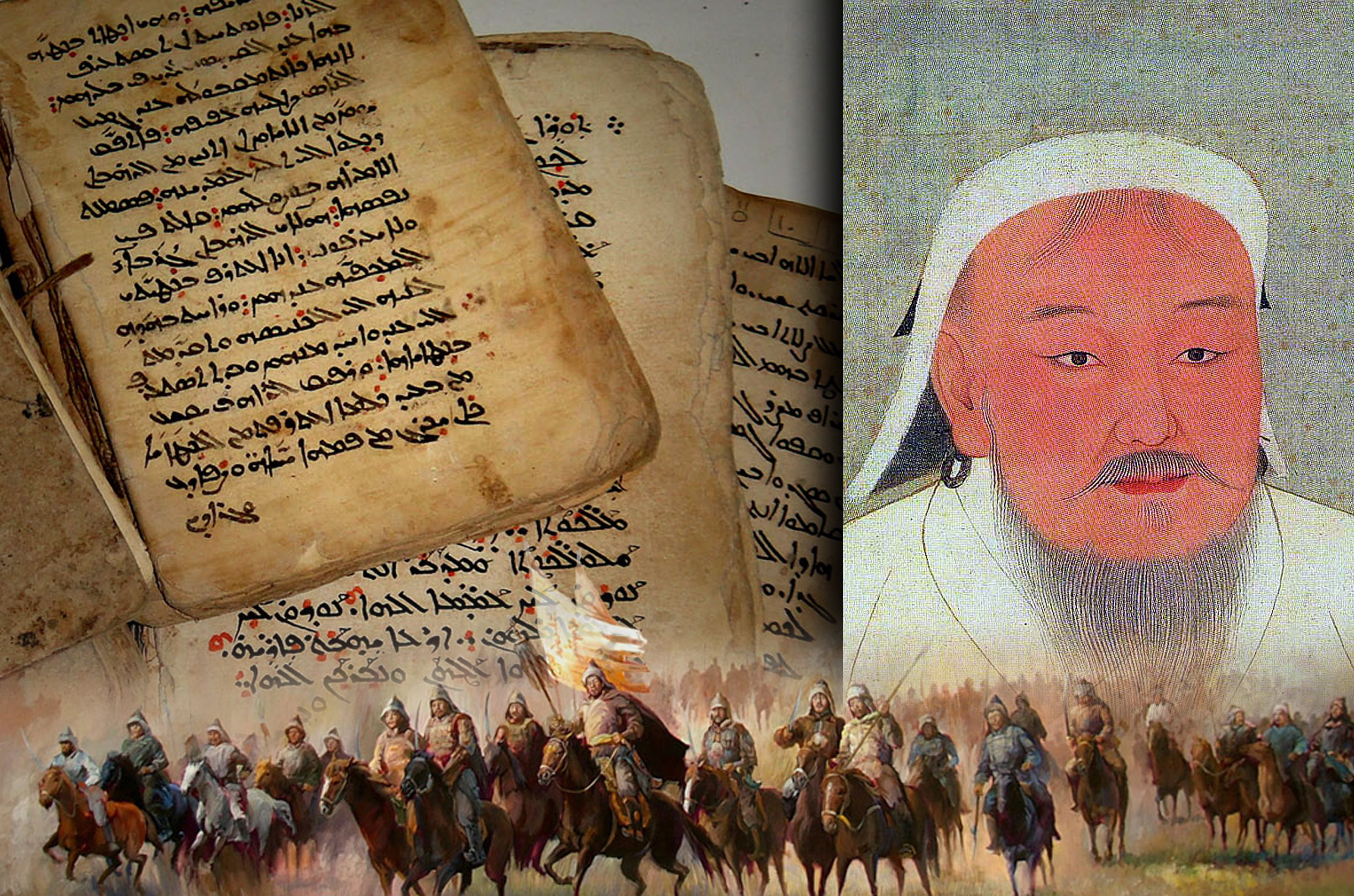
Age of Faith / c. 1162–1227
Genghis Khan, known for his violent conquests in Asia, united the Mongols, and with the help of his successors, created an empire. He implemented a system of way stations for horses and their messenger riders, helping the empire disseminate orders and receive news. The horse in Mongolian culture | Battle tactics | Legacy of Genghis Khan
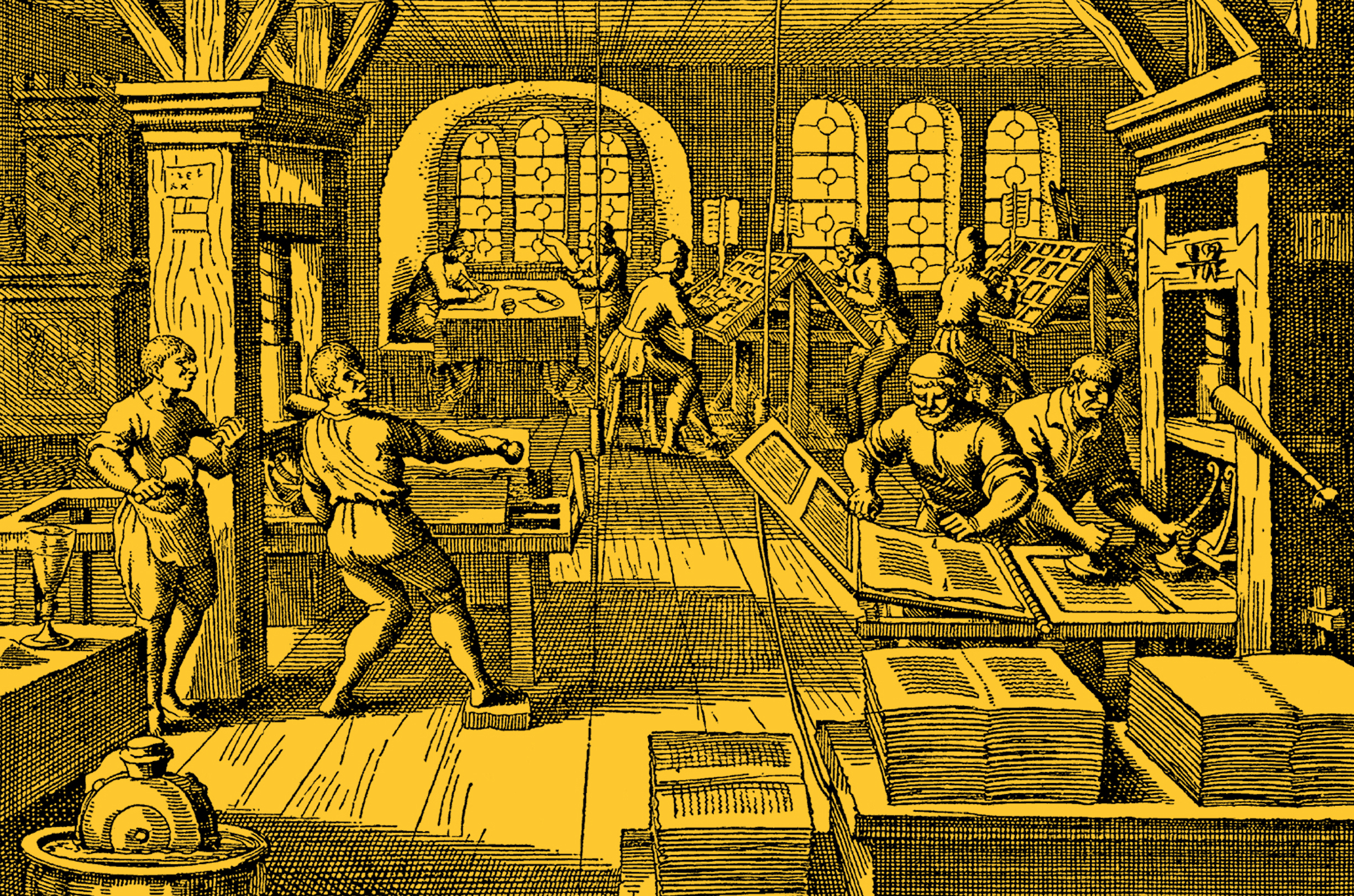
Age of Print / 1440
Johannes Gutenberg. In Mainz, Germany, Johannes Gutenberg revolutionized printing production when he created the printing press. Using a wine press and movable cast metal type, his device could make documents at a lower cost and higher volume, resulting in a dramatic increase to accessing knowledge and information. How a Gutenberg press works | Video: The printing press
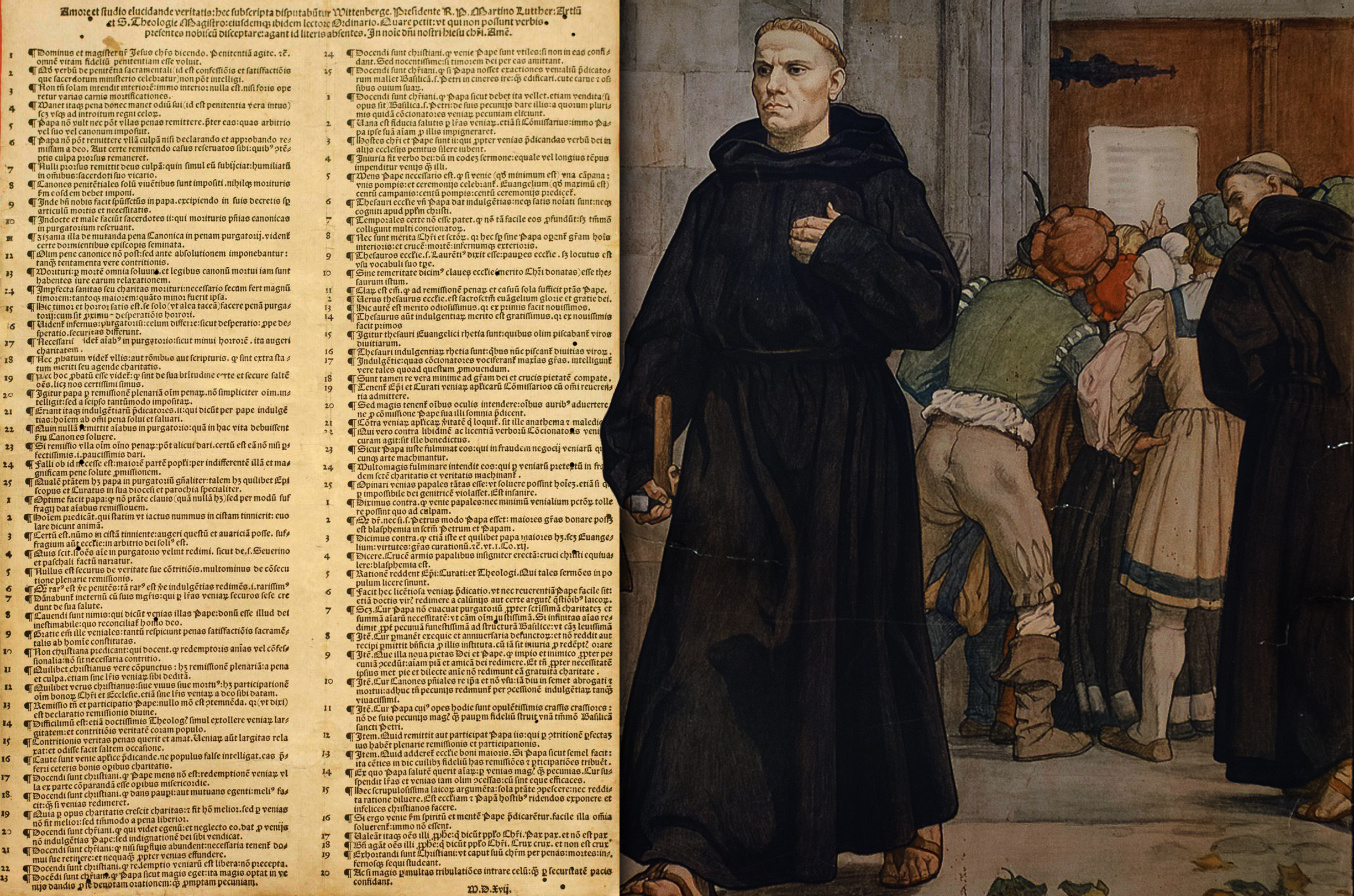
Age of Print / 1517
The beginning of the Protestant Reformation finds its roots in the “Disputation on the Power and Efficacy of Indulgences” posted by Martin Luther to the Wittenberg Palace church door. The document, known as the “95 theses,” listed Luther’s grievances with the Catholic Church. Using the Gutenberg printing press, Luther supporters made copies of the theses, spreading the word across and beyond Germany. Martin Luther and the 95 Theses
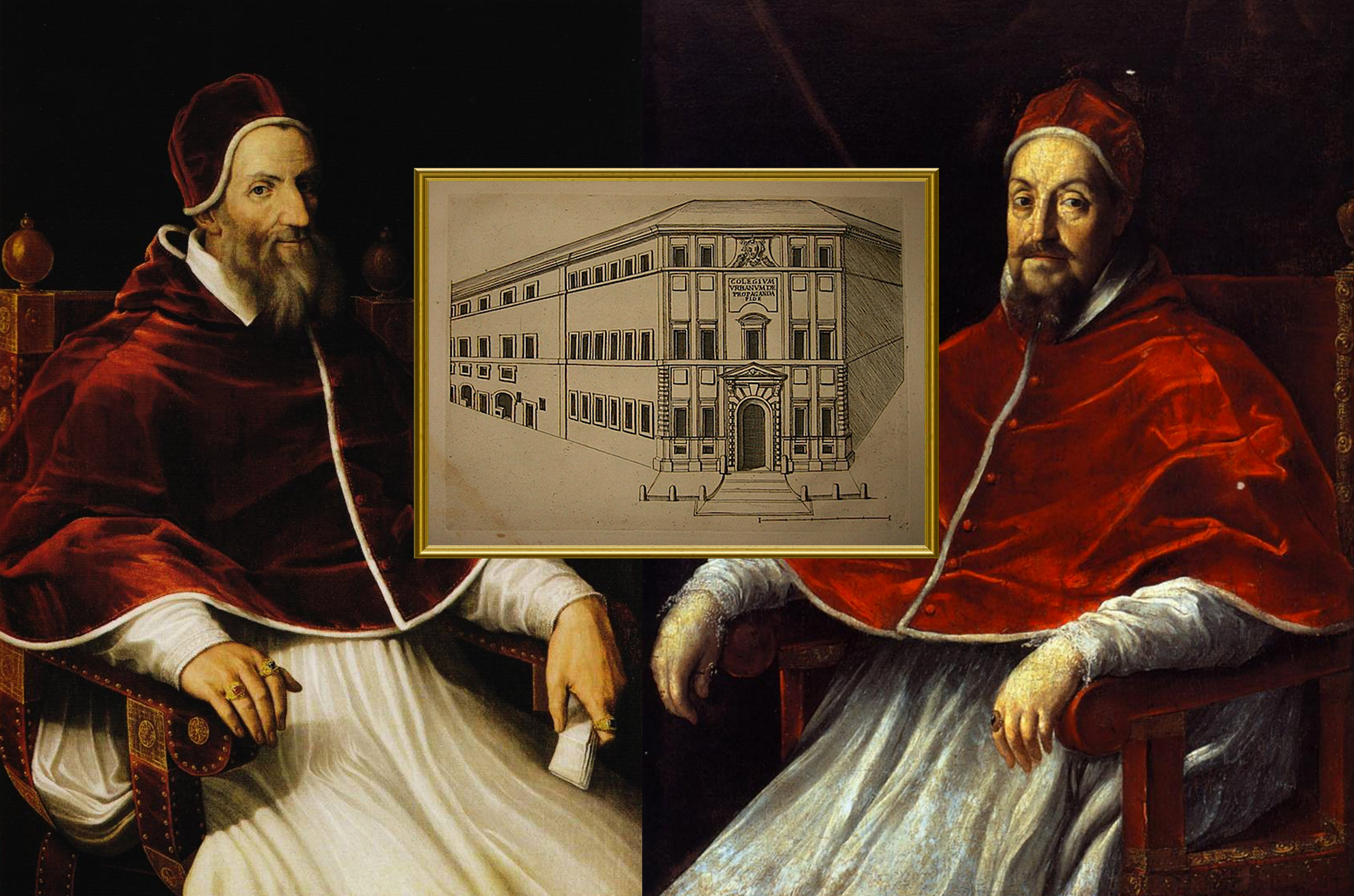
Age of Print / 1572–1627
‘Propaganda’ the Latin word for plant and animal reproduction, was repurposed by Pope Gregory XIII (1572–85) when he created de propaganda fide, a commission of cardinals tasked with spreading Catholicism to non-Catholic countries. Under Pope Gregory XV, the commission became formally known as the Holy Congregation for the Propagation of the Faith (1622) and in 1627, a collegium de propaganda was formed by Pope Urban VIII to train missionaries. Propaganda: history of the word | Collegium de Propaganda
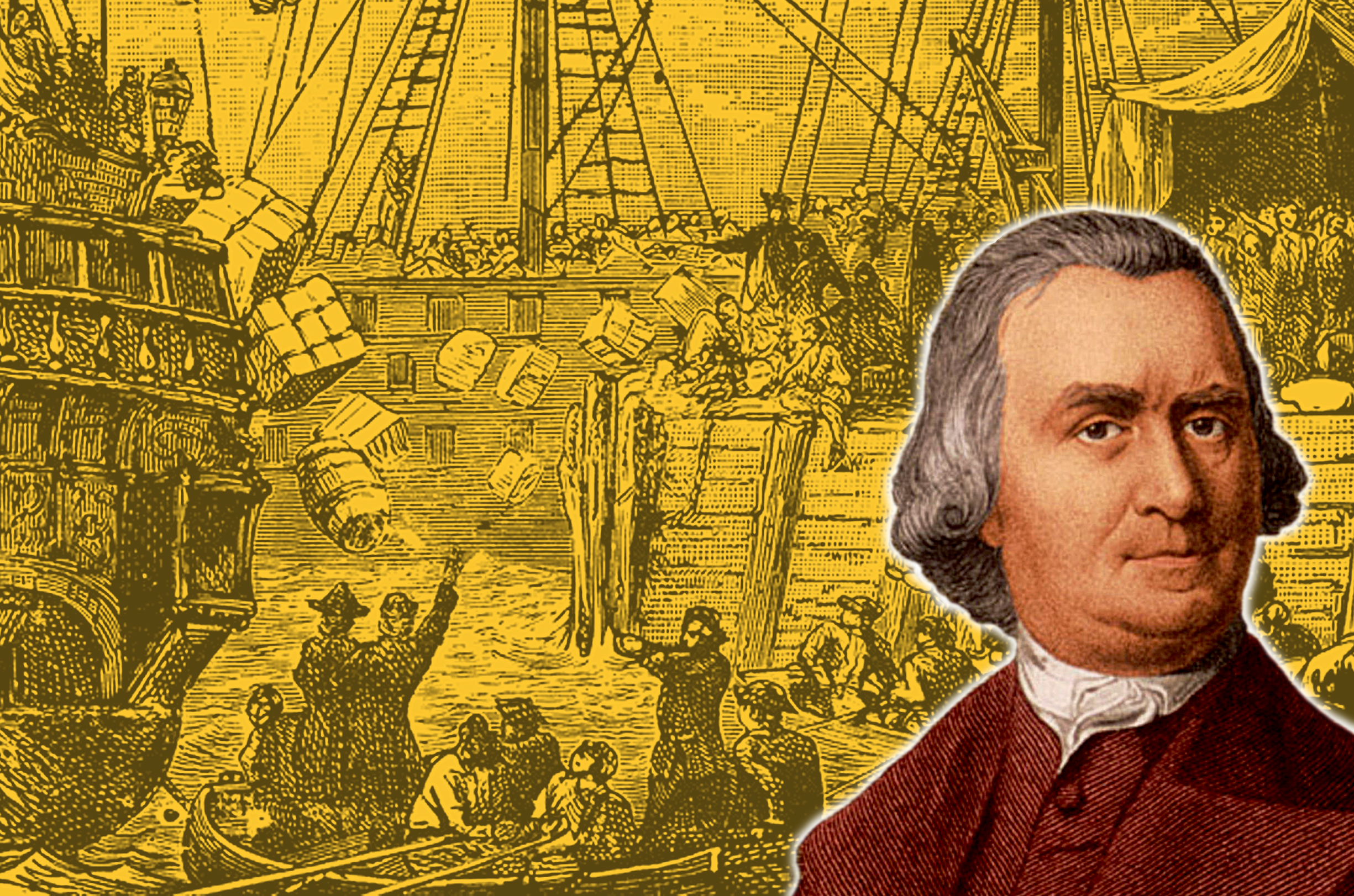
Age of Print / 1773
The Boston Tea Party. American colonist and Founding Father Samuel Adams was considered by some a “master of propaganda” who promoted political messages to oppose the British monarchy. Using the written word to motivate change, he famously inspired the Boston Tea Party, a tax protest he publicized to great advantage. Adams continued to lobby colonial leaders and helped convince the masses to declare independence from Great Britain. Boston Tea Party at History.com | A Revolutionary Experience
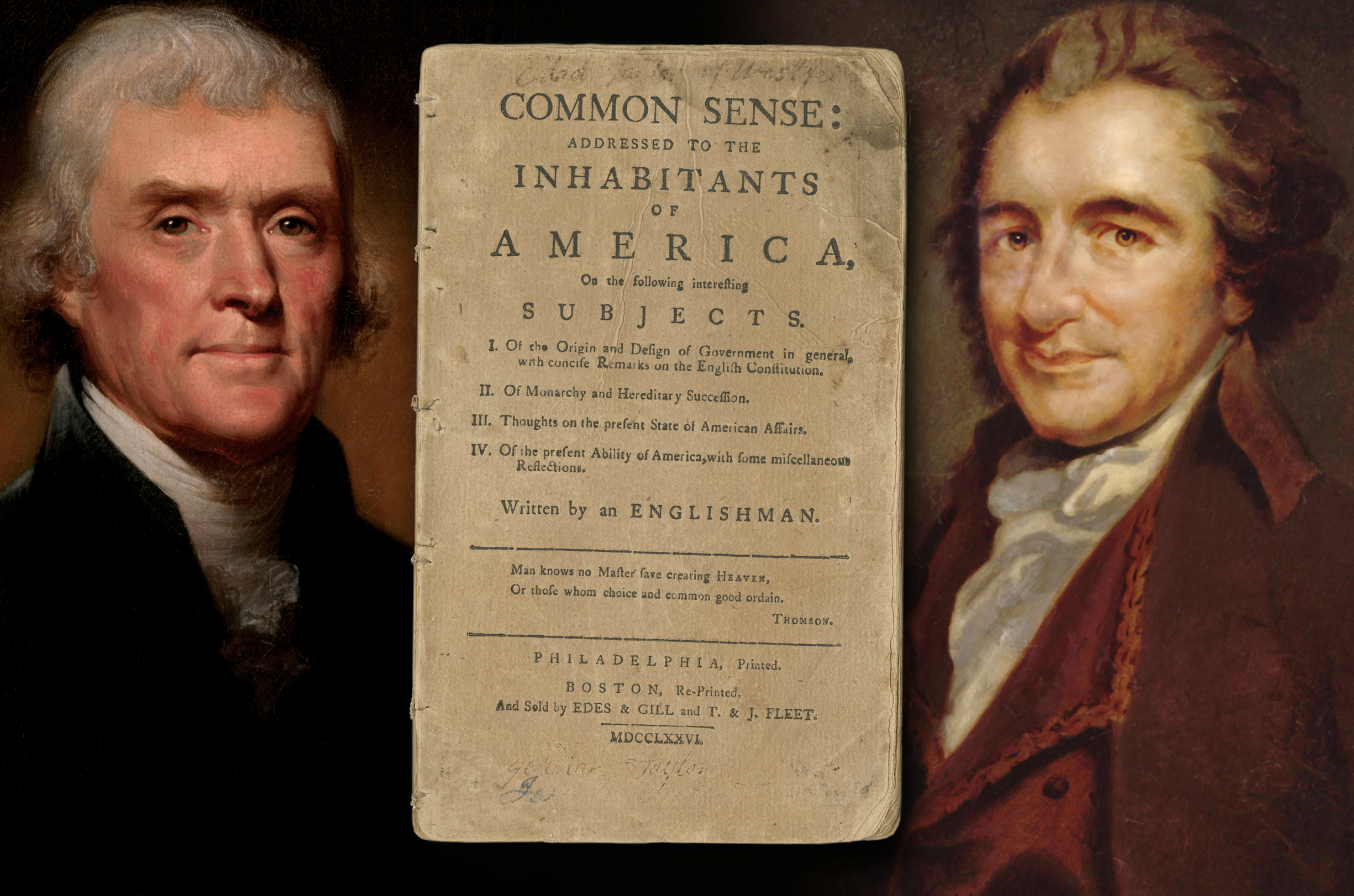
Age of Print / 1776
The break from Great Britain. Thomas Paine wrote Common Sense, a plainly-written pamphlet to persuade the masses in support of the American revolution. Just five months later, the Declaration of Independence, written primarily by Thomas Jefferson when the Revolution was already in full swing, described the future government’s powers and principles. Thomas Paine at Monticello.org | Thomas Paine Publishes Common Sense | Of the origin and design of government
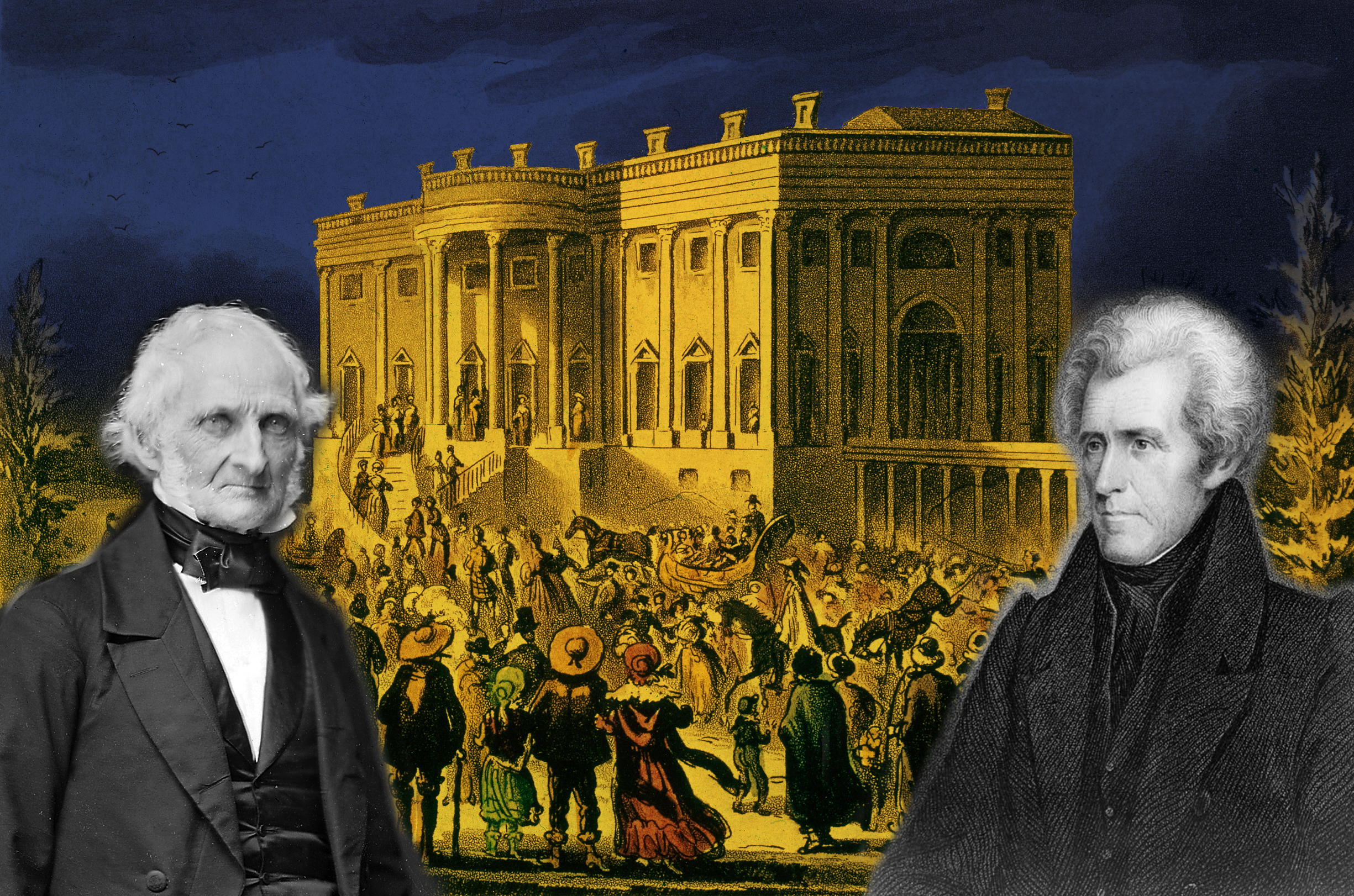
Age of Print / 1829
The White House communicates. Newspaper owner Amos Kendell (left) was considered one of the most important shapers of journalism of the 19th century. He became the most influential member of President Andrew Jackson’s cabinet, drafting many of Jackson’s policy messages re-casting the president’s image from a southern-born war hero to a polished intellectual. Amos Kendall: Symbol for a Democratic Age? | Amos Kendall and the Rise of American Democracy
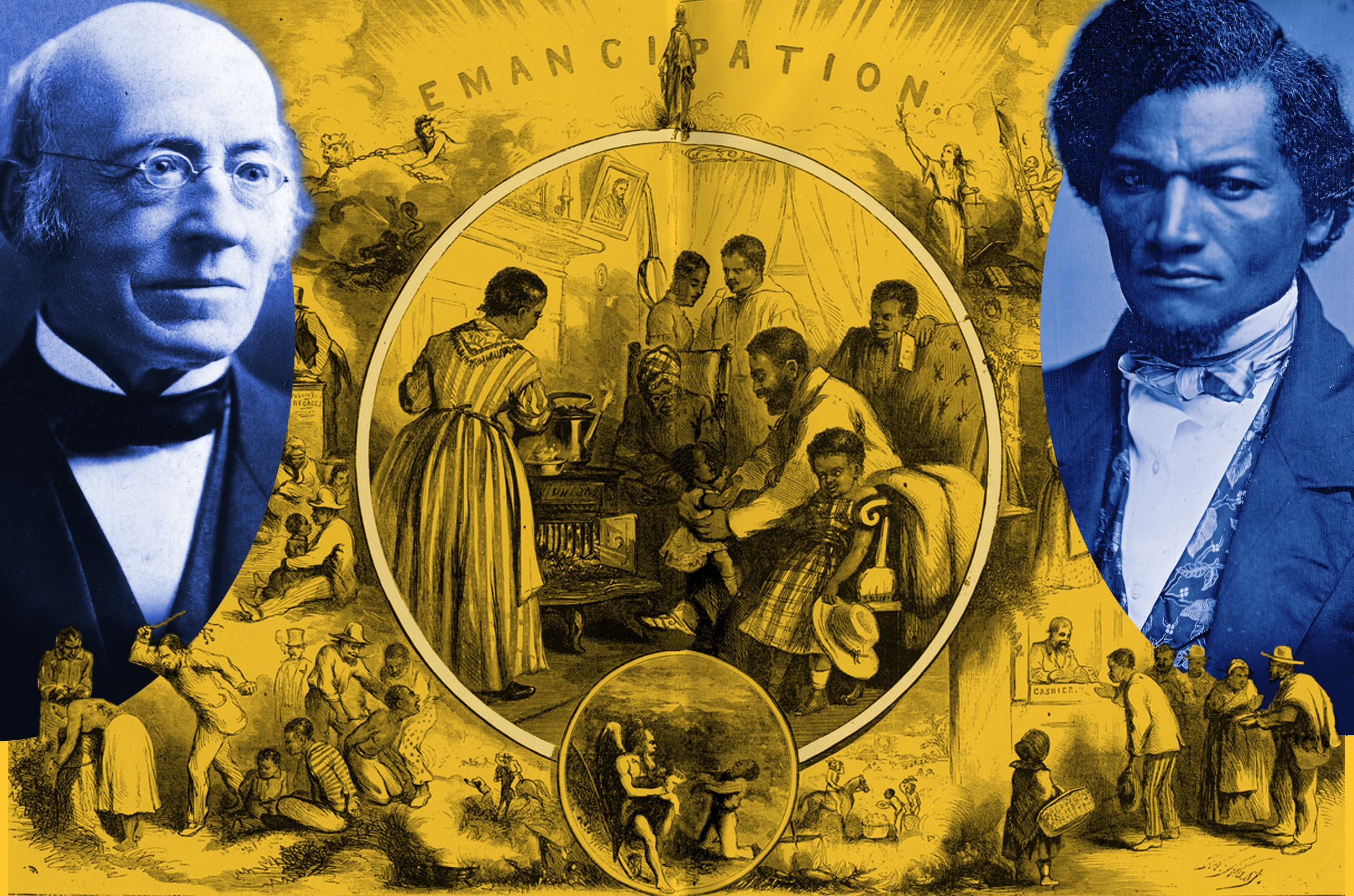
Age of Print / 1831
The abolitionists. In 1845, Frederick Douglass, an African-American statesman and leader of the abolitionist movement, was inspired to publish the North Star, an anti-slavery newspaper. The North Star was inspired by William Lloyd Garrison’s weekly anti-slavery newspaper, The Liberator, launched in 1831. Garrison, was a prominent journalist and abolitionist. Both Douglass and Garrison later became vocal woman suffrage supporters. Frederick Douglass at theliberatorfiles.com | Garrison and Douglass: Friendship and Estrangement
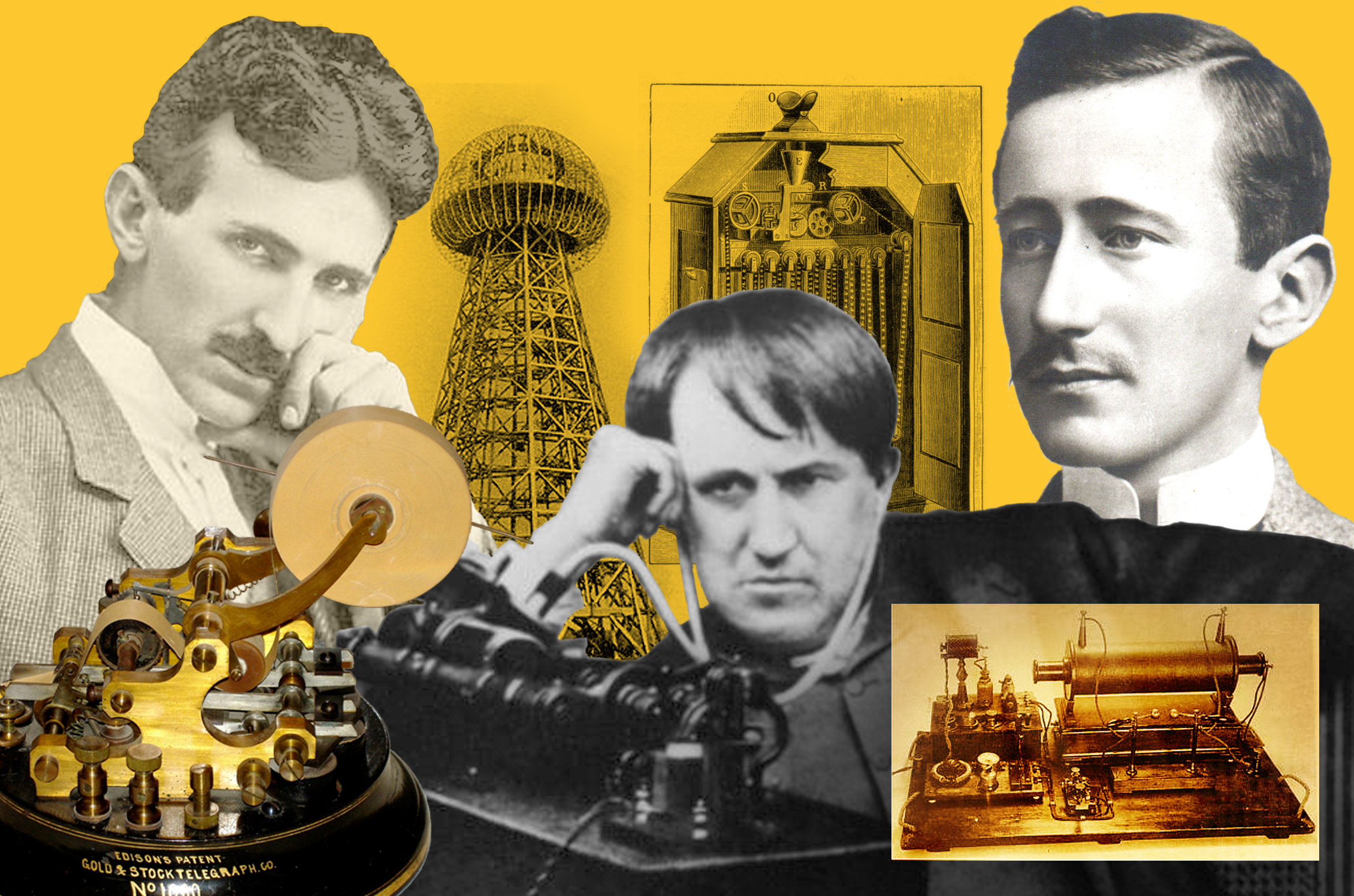
Age of Mass Media / 19th Century
Age of Invention. Many communication inventions emerged during the 1800s and 1900s: the telegraph (Samuel Morse, 1830s); the daguerreotype (Louis Jacques Mande Daguerre, 1839); the telephone (Alexander Graham Bell, 1876); the phonograph (Thomas Edison, 1877); the gramophone (Emile Berliner, 1887), the motion picture camera and wireless telegraphy (Thomas Edison, 1892 and 1896); Tesla coils (Nikola Tesla, 1897); and long distance radio communication (Guglielmo Marconi, c. 1900). On Daguerreotypes | Edison and motion pictures | Eldridge R. Johnson: from Victrolas to Columbia Records and the Gramophone Company
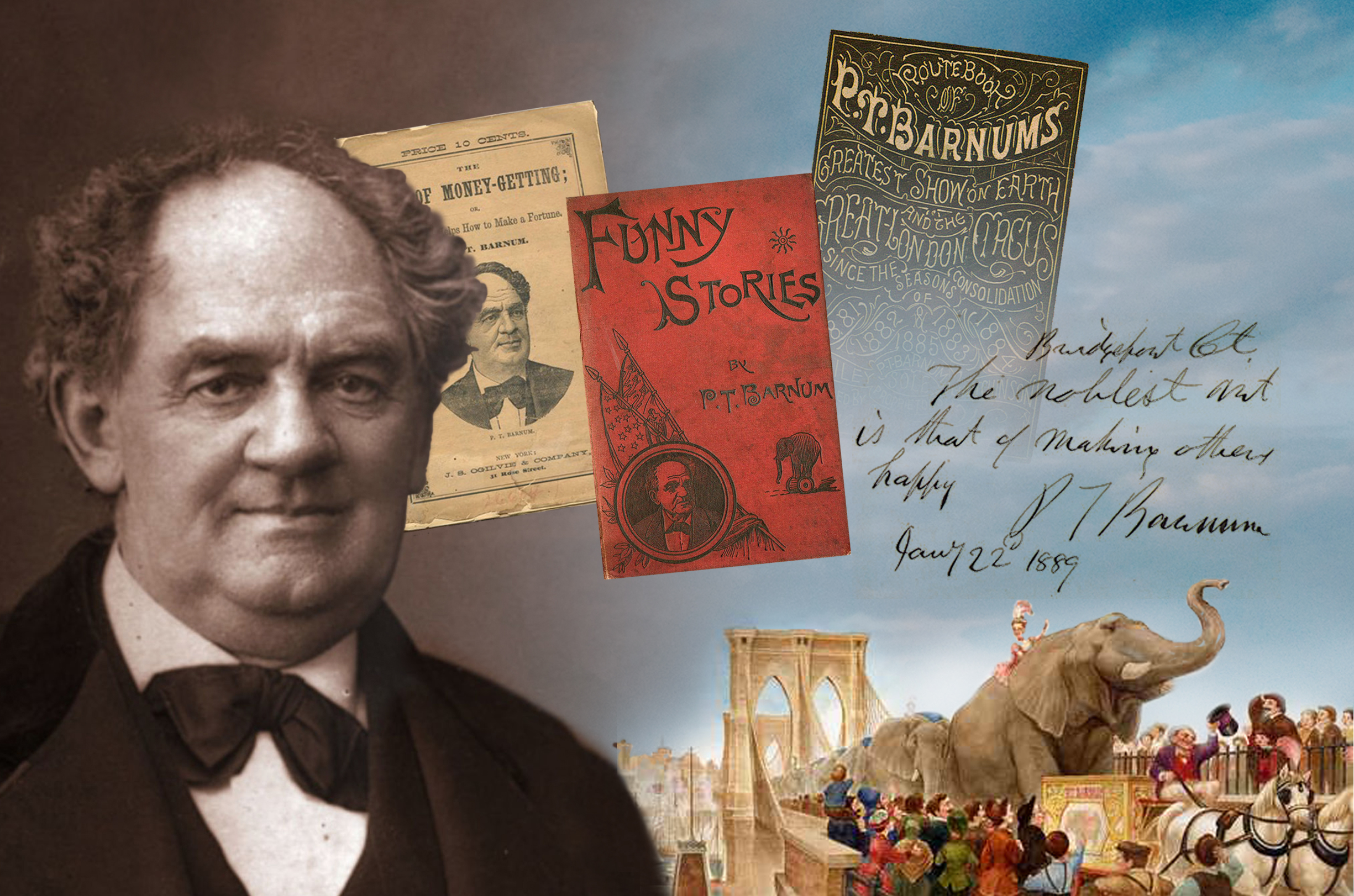
Age of Mass Media / 1871
Phineas Taylor (P.T.) Barnum was a master of press agentry, an early form of publicity which relied on “pseudo” events and often deception in the name of promotion. Known for displaying George Washington’s 161-year-old nurse and Feejee Mermaid, he also created “The Greatest Show on Earth” in 1871. This traveling show, featuring Jumbo the elephant, became Barnum and Bailey Circus in 1881. In 1884, Barnum sent 21 elephants, including Jumbo, and 17 camels across the Brooklyn Bridge to demonstrate its strength. 10 things you may not know about P.T. Barnum | Master of advertising and promotion | About P.T. Barnum | Commercial for P.T. Barnum, performed by P.T. Barnum, recorded 1890 | P.T. Barnum biography
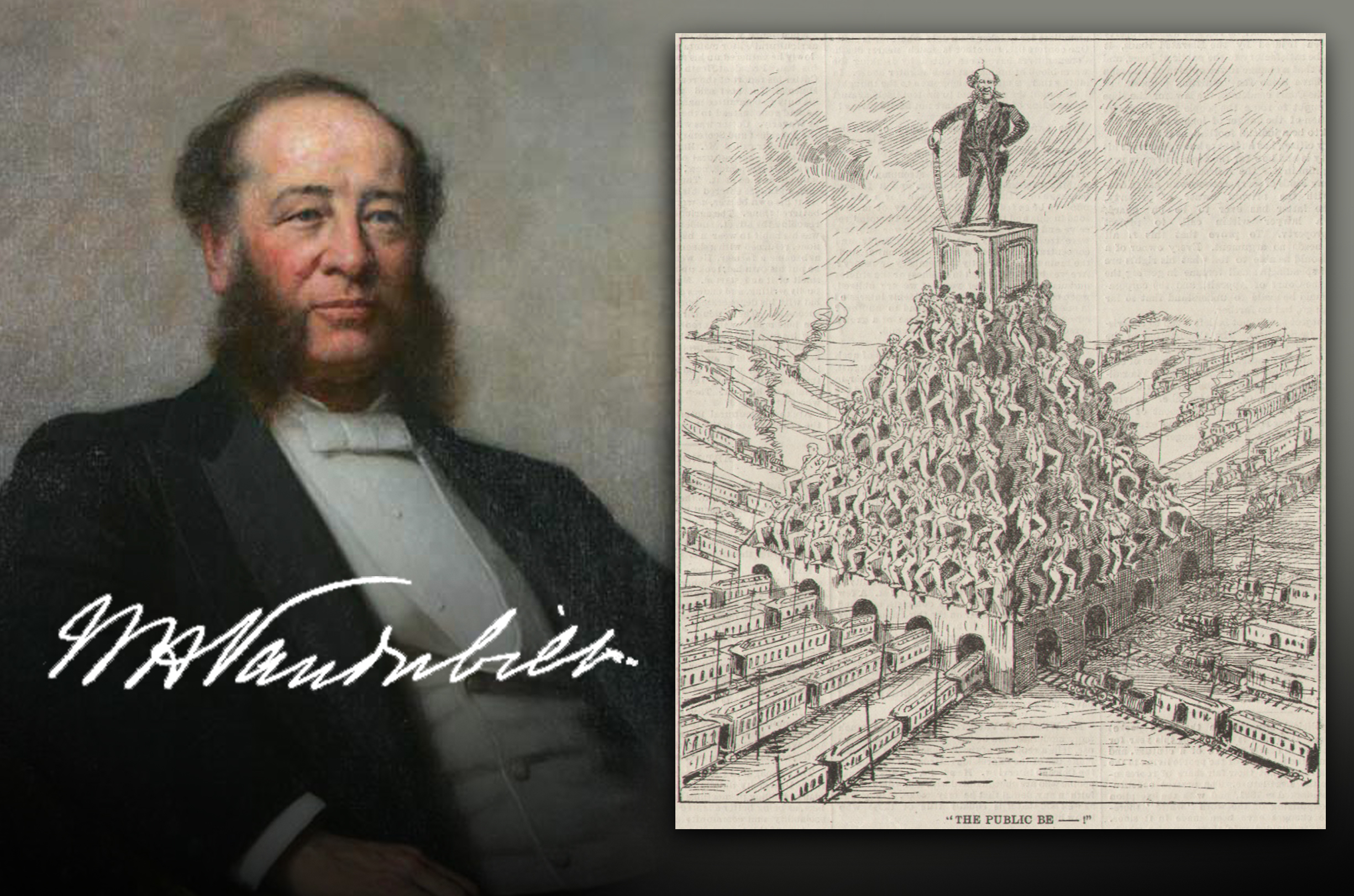
Age of Mass Media / 1882
Words cannot be unsaid. Railroad magnate William Henry Vanderbilt’s now infamous declaration, “The public be damned,” to an impatient reporter followed growing resentment to the railroad’s monopoly on long-distance travel, exorbitant freight charges and favored customer kickbacks. Vanderbilt's utterance landed on the front page of hundreds of newspapers and inspired endless editorials, sermons, political speeches and cartoons. William Henry Vanderbilt: U.S. History In Context | William Henry Vanderbilt biography | William Henry Vanderbilt: American industrialist and philanthropist
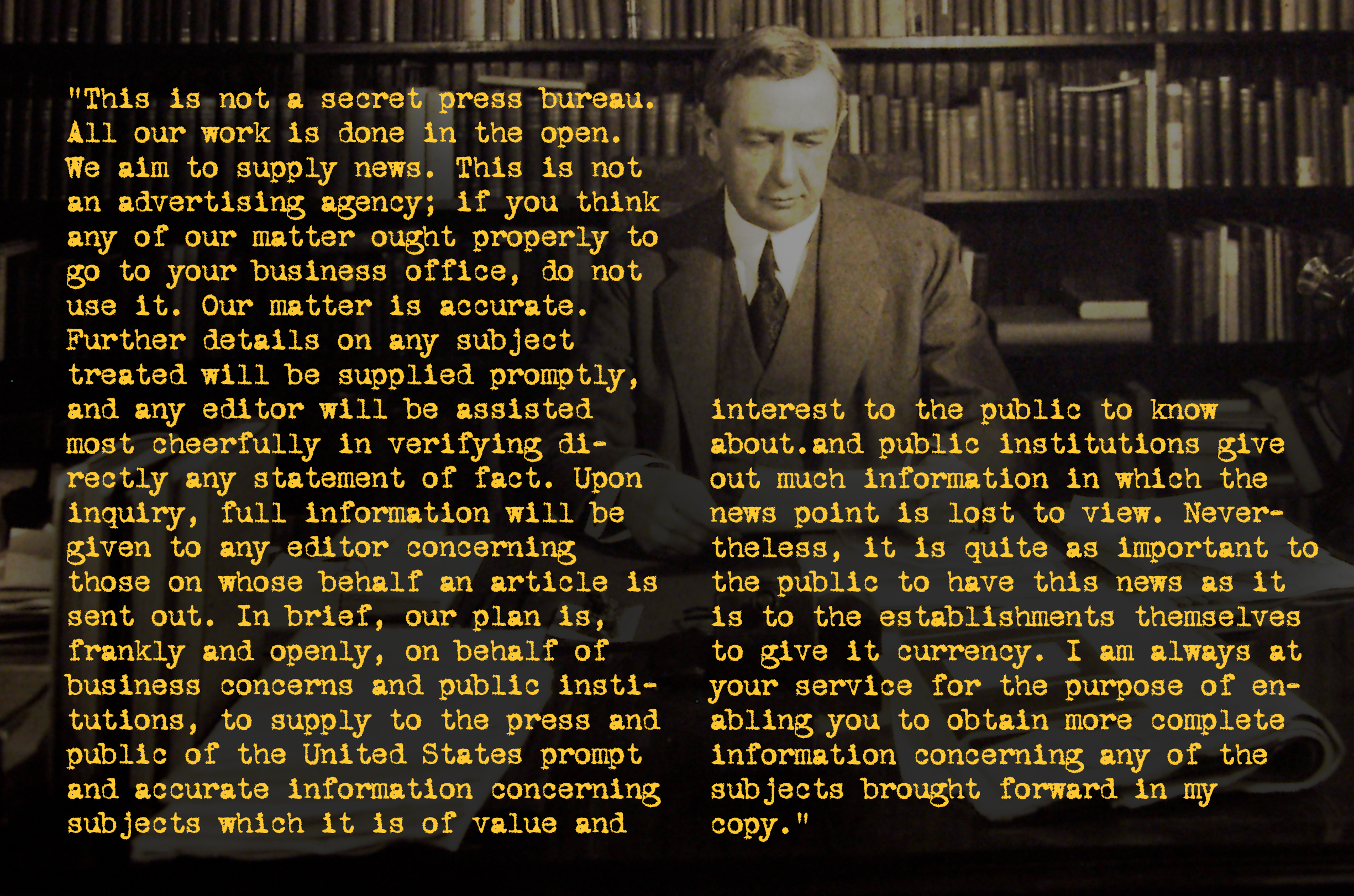
Age of Mass Media / 1906
Ivy Lee: The Public Shall Be informed. Issued by Ivy Lee to editors at city newspapers, the “Declaration of Principles” stated that the press and public should receive accurate and timely information regarding a company’s actions. Lee positioned himself as a mediator, believing rational people would make good decisions when presented with correct information. He was famously hired by the richest man in the world, John D. Rockefeller, and helped change Rockefeller’s public image from a vilified oil baron to a well-loved philanthropist. Princeton University Biography and History | Ivy Lee at New World Encyclopedia | Understanding Ivy Lee's declaration of principles
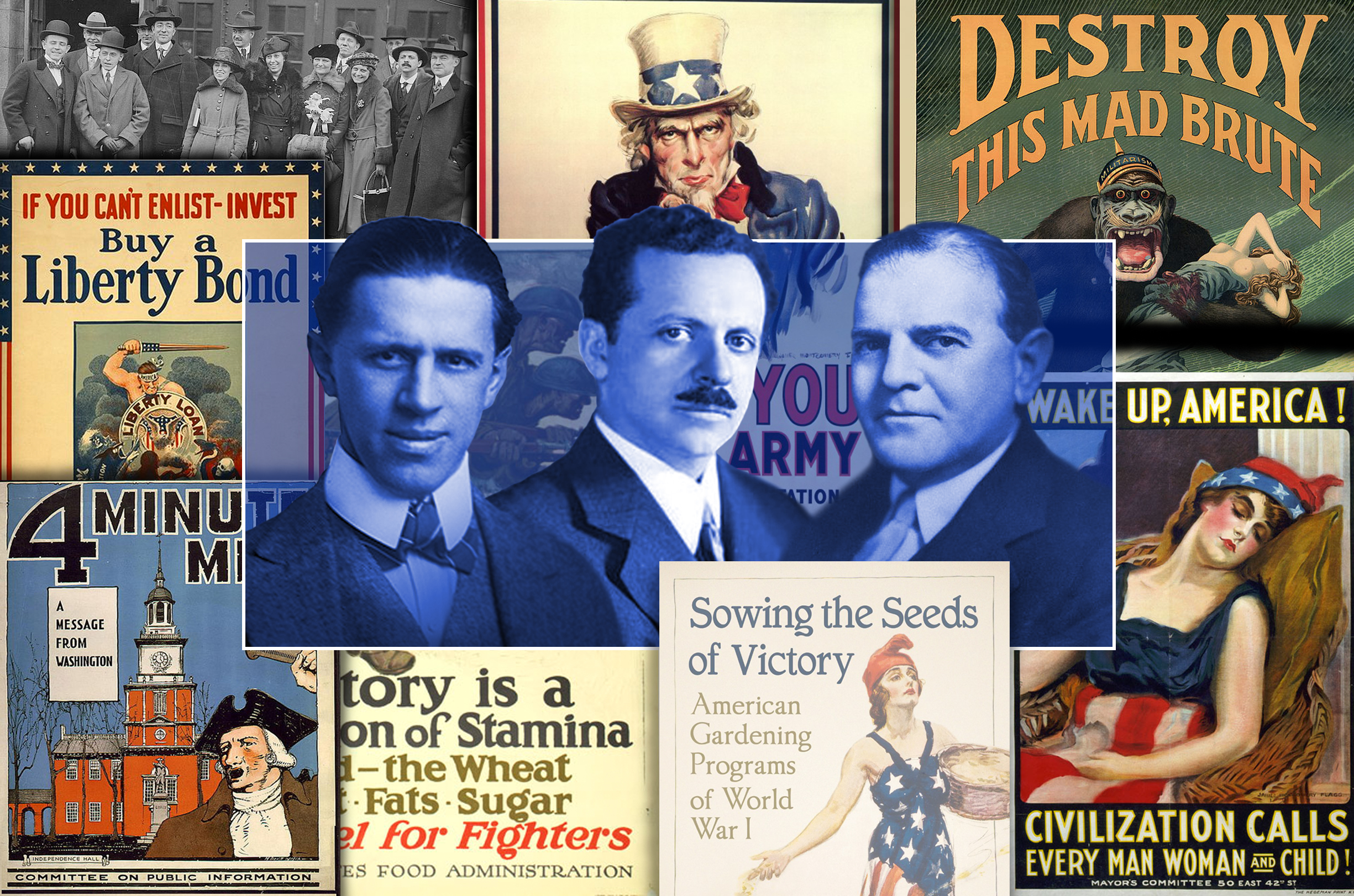
Age of Mass Media / 1917
The Committee on Public Information (CPI), or Creel Commission, was created by President Wilson in order to change public opinion to support the U.S. entering WWI. Led by George Creel (pictured, left), the committee used many techniques including posters, billboards and "Four-Minute Men"—volunteers who spoke at meetings and movie theaters. PR practitioner Edward Bernays (center) was active in the CPI’s Foreign Press Bureau, and Carl Byoir (right) acted as CPI’s associate chairman. Poster art of WWI | Carl Byoir — CPI | Records of the Committee on Public Information | video: Committee on Public Information Propaganda
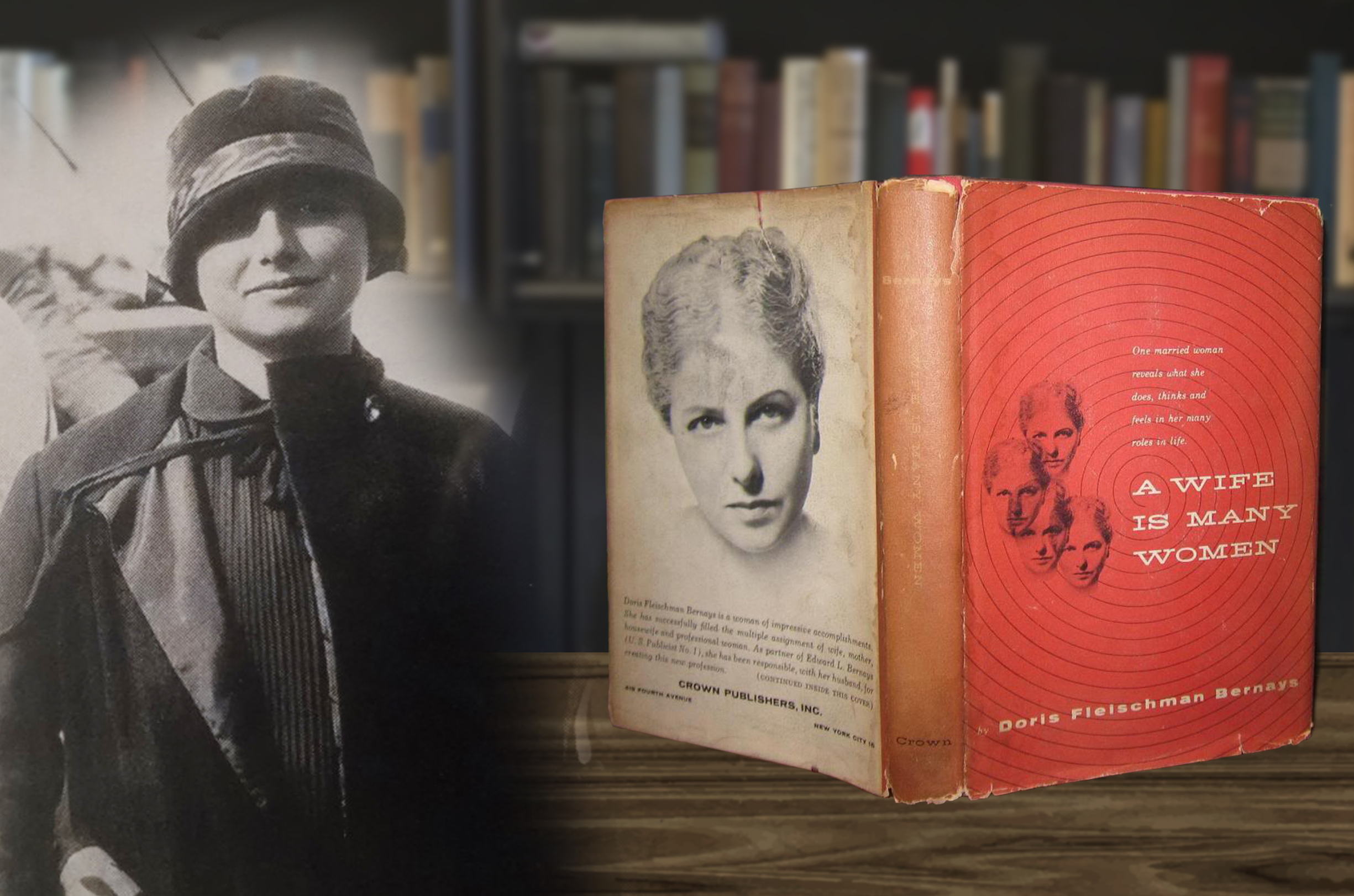
Age of Mass Media / 1919
Doris Fleischman was a feminist pioneer, journalist and author. She advocated women’s rights and was the first woman to use her maiden name on her passport and on her daughters’ birth certificates. As business partner and wife of Edward Bernays, she wrote press releases and speeches for his firm. The “Notes of a Retiring Feminist” article (1949) and A Wife Is Many Women memoir (1955) are two of her many contributions. Pioneer in Public Relations: Doris Fleischman | Encyclopedia of PR | Doris Fleischman papers finding aid, Radcliffe College | Anonymous in Her Own Name: Public Relations Pioneer Doris E. Fleischman
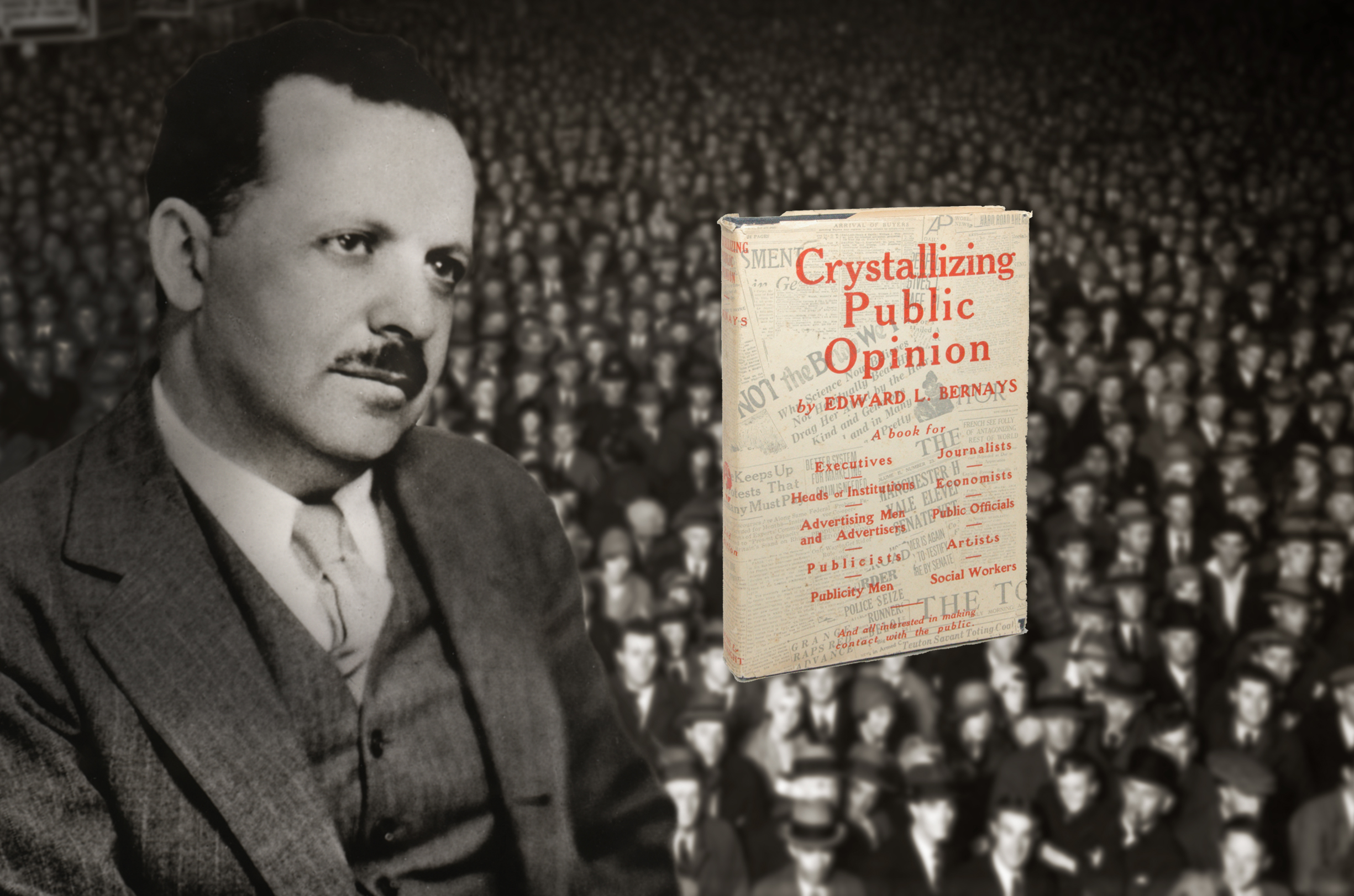
Age of Mass Media / 1923
Edward L. Bernays presented the concept of a “two-way-street” between a company and the public in his groundbreaking 1923 book, Crystallizing Public Opinion. Within this dynamic, the public relations counselor was expected to explain the public to the client and vise versa. Contrary to the misconception of public relations as deceptive manipulation, this two-way approach integrated the public’s experience with the practice of PR. Propaganda and Democracy | Edward Bernays' Public Relations | The Century of the Self (Full Documentary) | Edward Bernays talks about his campaign for Ivory Soap | Freud's Nephew and the Origins of Public Relations (NPR) | Bernays' books on Amazon
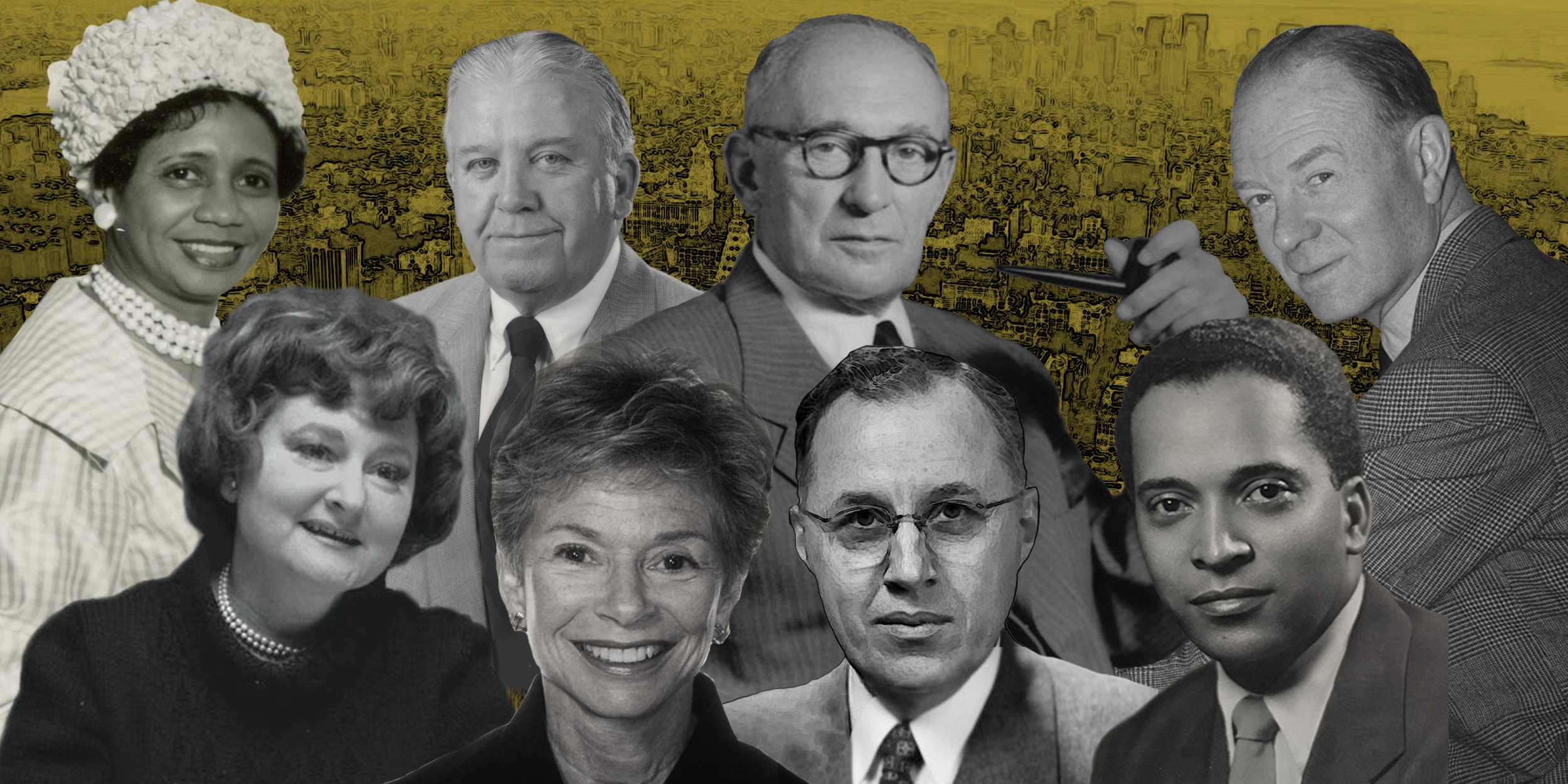
Age of Mass Media / 1927 onward
Rise of in-house corporate PR. The world’s largest companies relied on internal public relations counselors, including them among their senior-most advisors. L to R: Betsy Plank (Edelman), Paul Garrett (GM), Dorothy Gregg (Celanese), Arthur Page (AT&T, 1927) and Marilyn Laurie (AT&T, 1971). 90 Facts About Betsy Plank | GM's Paul Garrett: PR's First industrial Company VP | Arthur W. Page: A brief biography | Dorothy Gregg (Women Pioneers in Public Relations) | A friend and colleague remembers Marilyn Laurie
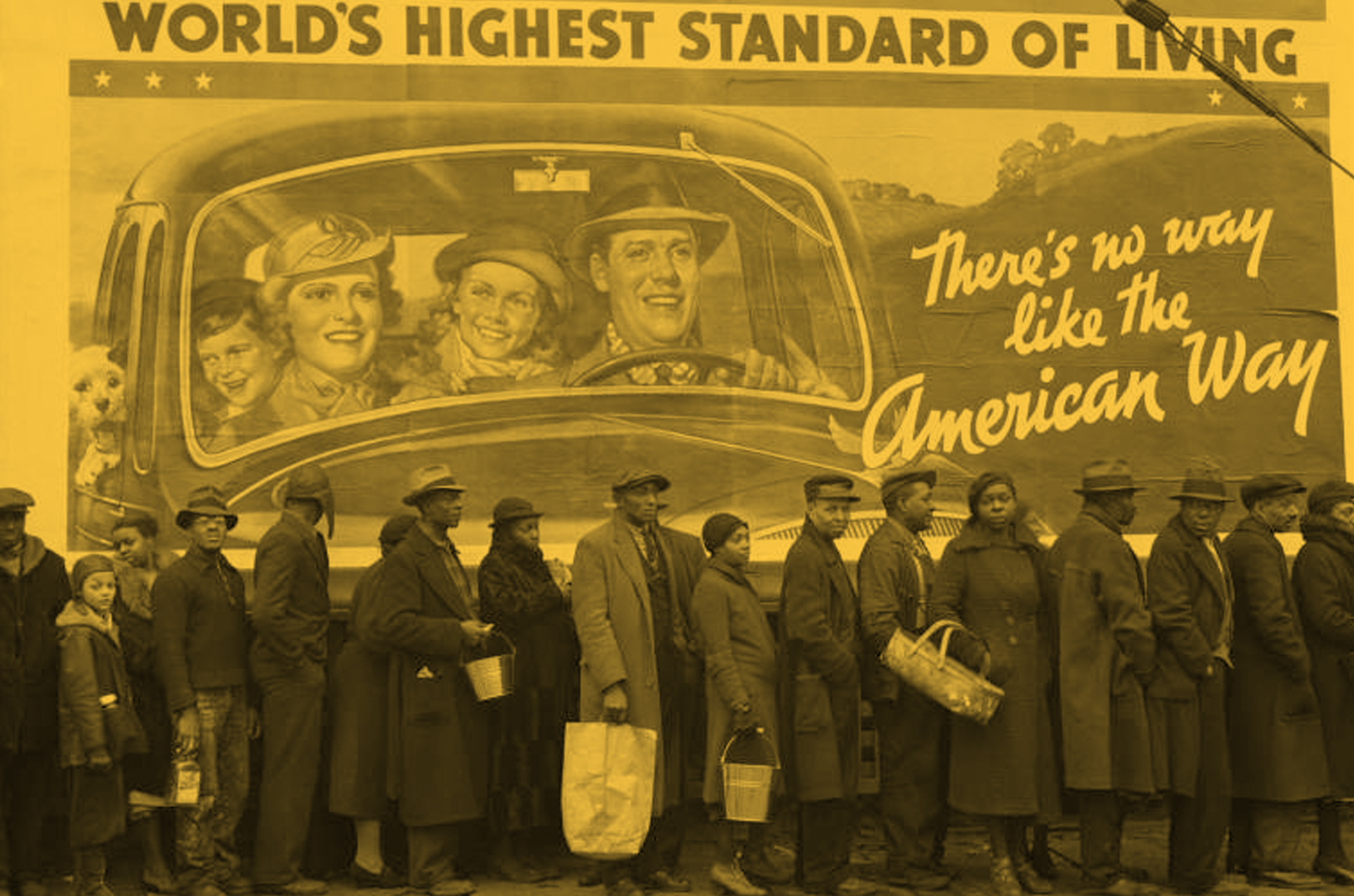
Age of Mass Media / 1930s
Rise of PR during the Depression. During the height of the Depression, the National Association of Manufacturers (NAM) became the first industry trade association to create a PR department, launching a 13-year campaign to improve the public attitudes toward business. The campaign included movie shorts, leaflets, a radio serial (“The American Family Robinson”) and a daily column. History of the NAM | The National Association of Manufacturers and Public Relations during the New Deal | How brands thrived during the Great Depression
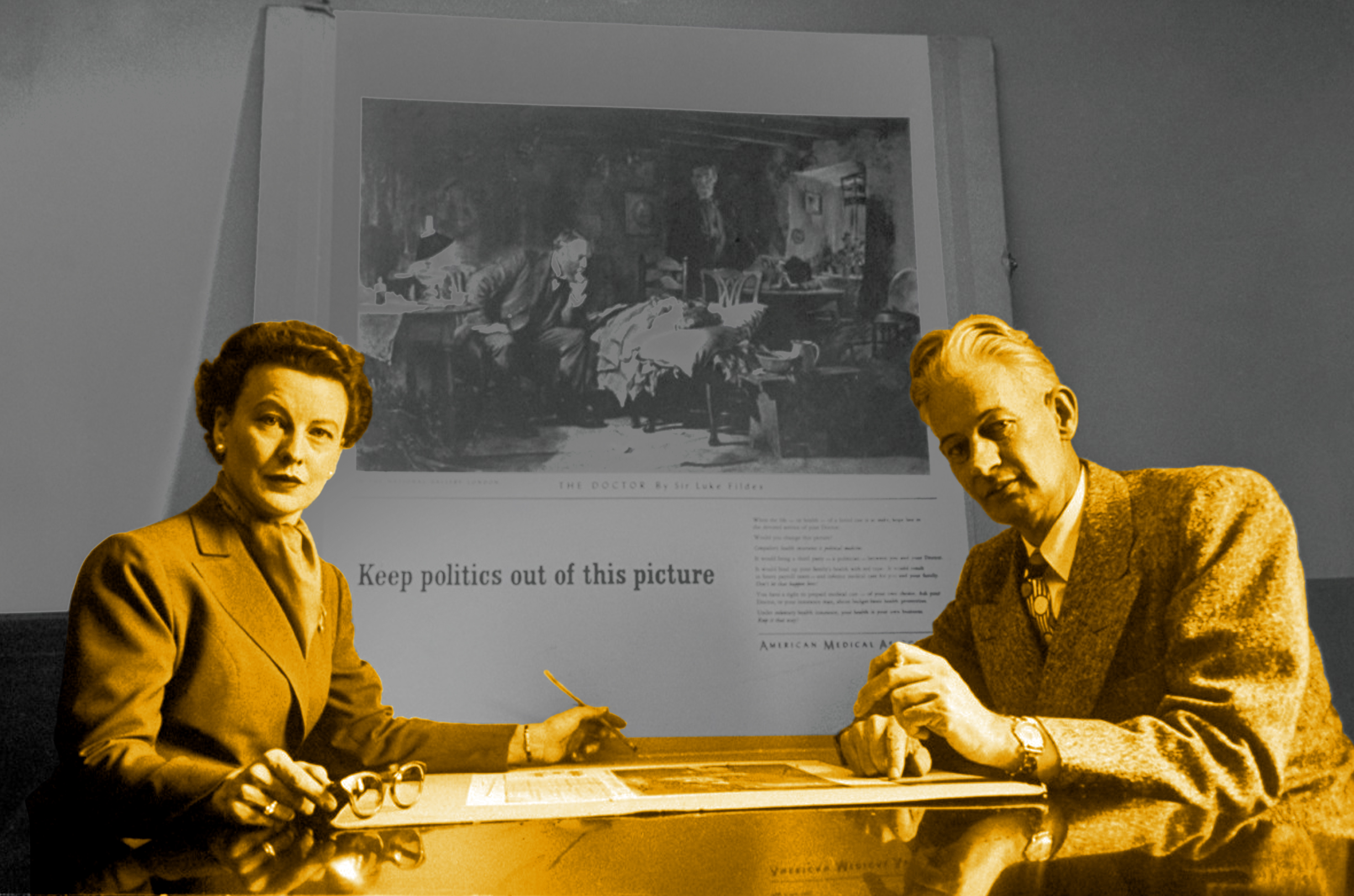
Age of Mass Media / 1933
Campaigns Inc., the first political consulting firm, was created by husband and wife team Clem Whitaker and Leone Baxter. The firm often worked with Republican candidates and created techniques still used today. The Lie Factory (The New Yorker) | Whitaker and Baxter newsreel-style ads, 1934 California gubernatorial campaign (video) | Whitaker and Baxter in the Encyclopedia of Public Relations | The Traumatic Birth of the Modern (and Vicious) Political Campaign
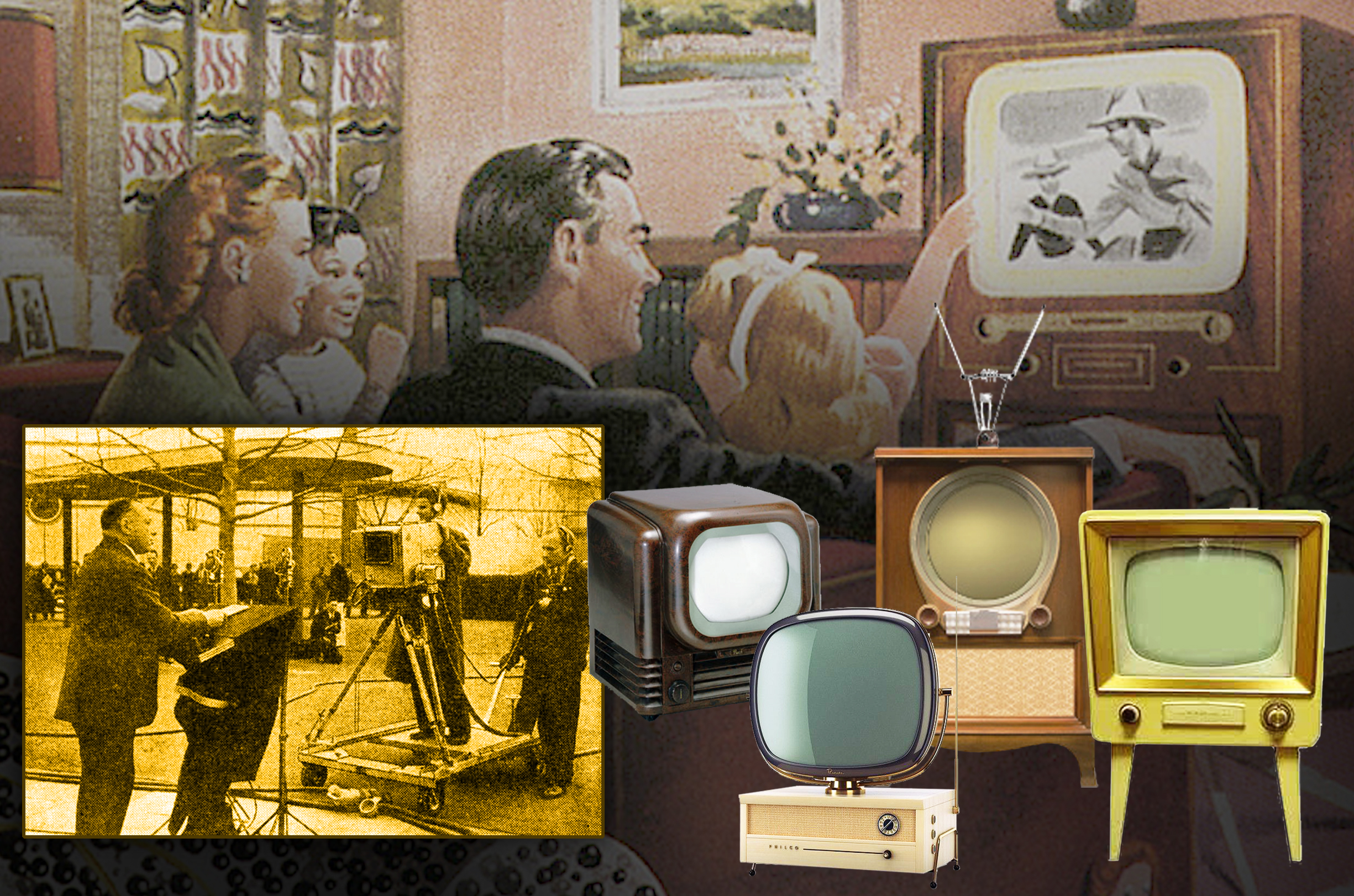
Age of Mass Media / 1939
Television Pervades the Landscape. At the 1939 New York World’s Fair, the Radio Corporation of America (RCA) introduced the all-electronic television. By the 1950s, televisions had swept the nation, bringing news, entertainment and advertisements into the home. Power of Television | RCA
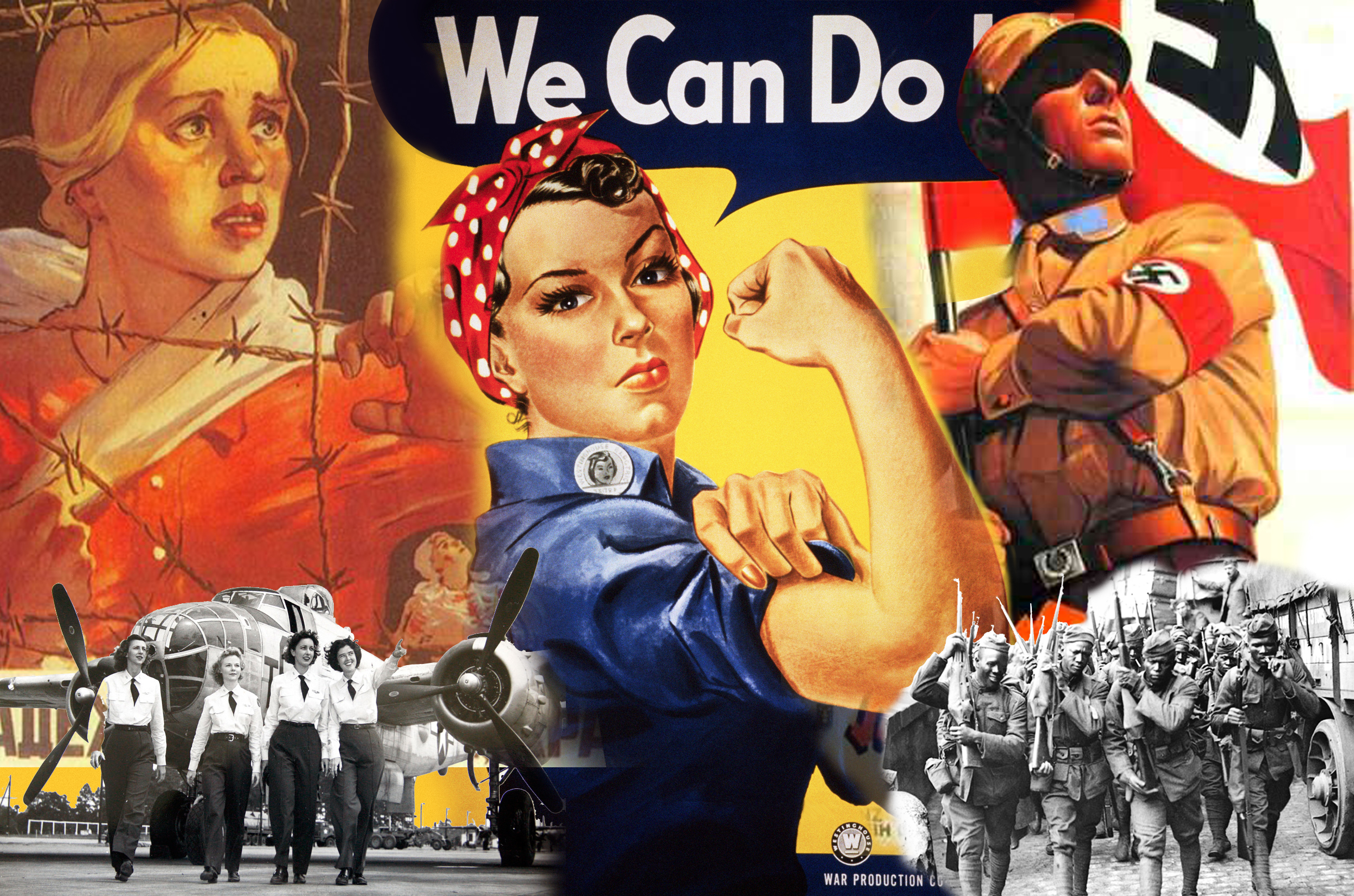
Age of Mass Media / 1942
World War II saw the introduction of a variety of PR techniques. In Germany, Joseph Goebbels headed propaganda movements for Hitler, ensuring all communication was in support of the Nazis regime. Across the pond, the U.S. created the Office of War Information (1942), to censor war news, document social change and create a central means for government to communicate about the war. The Office of War Information Is Created | Every Citizen a Soldier: World War II Posters on the American Home Front | Hitler’s Germany (World War II Propaganda Newsreel)
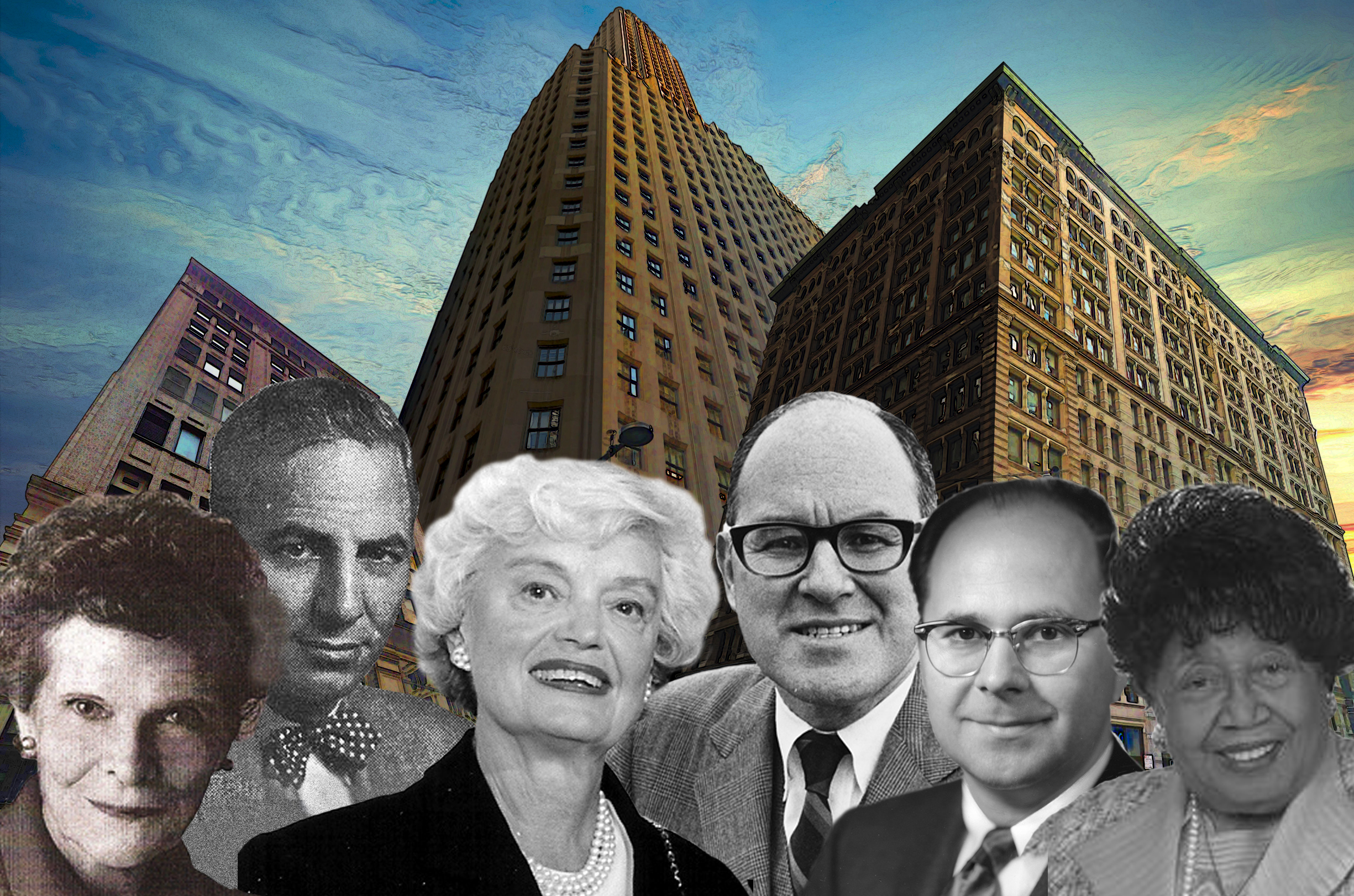
Age of Mass Media / 1930s – 1950s
The profession blossoms into an industry. Following the War there was a burst in public relations agencies. The field was developing into a business. Notable agencies including Carl Byoir & Associates (1930), Edelman (1952) and Burson-Marsteller (1953) would continue to flourish and become multinational firms. Shown, L to R: Denny Griswold, Al Fleishman, Barbara Hunter (video), Dan Edelman (video), Harold Burson (video) and Inez Kaiser (audio).
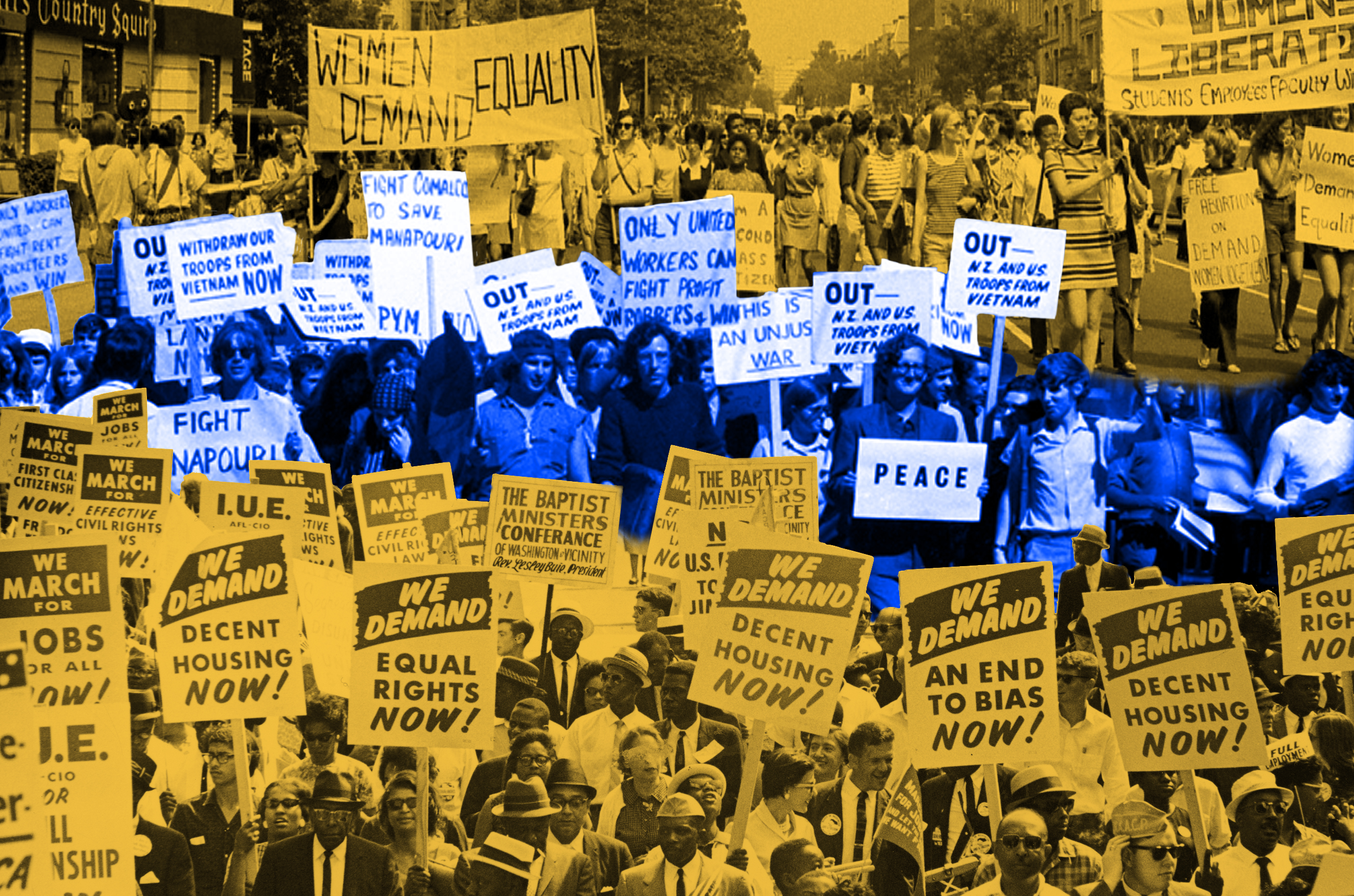
Age of Mass Media / 1950s–1970s
Media spurs social change. The growth of large institutions, heightened public awareness and media sophistication resulted in increasing incidence of societal change, conflict and confrontation. Posters, buttons, anthems and chants were among the tools used in the most notable social movements of the 20th century. Massive protests to end hate, discrimination and war were led with the steady beat of “We shall overcome,” “Equality now” and “Make love, not war.”

Age of Digital Media / 1969
Birth of the internet. On Oct. 29, 1969, the Advanced Research Projects Agency Network (ARPANET) connected a computer at Stanford to a computer in UCLA over a leased landline provided by AT&T, with both ends connected via packet switches, giving rise to internet. The History of the Internet and the Colleges that Built It

Age of Digital Media / 1982
Crisis Communication. In September 1982, seven people in Illinois died after taking potassium cyanide-laced Tylenol capsules. Johnson & Johnson’s CCO Larry Foster and advisor Harold Burson counseled CEO James Burke through the crisis. Working with the police, FDA and media, they issued a nationwide recall, delivered warnings and created new tamper-proof packaging. Johnson & Johnson’s handling of the tragedy set a standard and remains a model for effective crisis response and corporate responsibility. How the Tylenol murders of 1982 changed the way we consume medication

Age of Digital Media / 20th Century
Rise of integrated media. While the largest public relations firms (Edelman, Weber Shandwick, FleishmanHillard, and others) flourished and expanded their communications scope and markets during the 20th century, holding companies also sprouted up as they purchased and conglomerated many advertising, marketing and public relations firms. Holding companies included Publicis Groupe (1926), WPP (1971) and Omnicom Group (1986) and others, making it possible to penetrate even larger markets and provide multiple services.
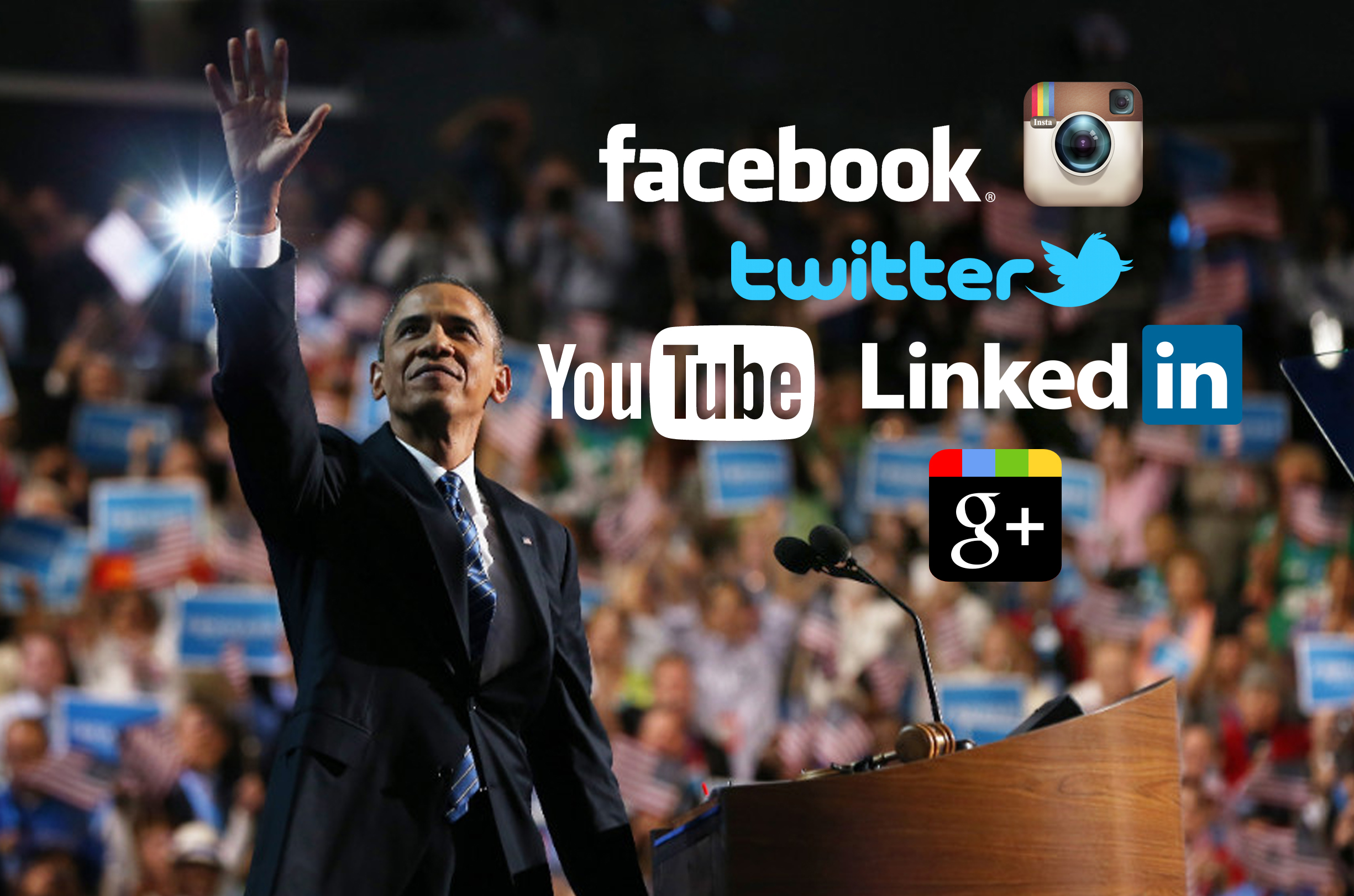
Age of Digital Media / 2008
Social media In politics. The 2008 presidential election was the first time social media was used extensively and effectively to connect politicians and voters. Barack Obama used Facebook, YouTube, MySpace, Twitter, Digg, BlackPlanet, LinkedIn, AsianAve and more to gain the youth vote and win the election. Social media’s unprecedented growth at the start of the 21st century brought profound changes in human connections. The public relations profession took a leadership role in social media’s use and development as a two-way communication tool. Barack Obama and the Facebook Election

Age of Digital Media / 2015
Embracing virtual reality (VR). The New York Times added to the dimensions of storytelling when it transformed an ordinary cardboard box, when combined with a smartphone, into a virtual reality device. Created for video-only stories shot in 360 degrees, the device immerses the viewer into the story. Virtual Reality and The New York Times
*The material featured on this page, “Public Relations Through the Ages: A Timeline of Social Movements, Technology Milestones and the Rise of the Profession,” may not be reproduced without prior written permission from the Museum of Public Relations.




